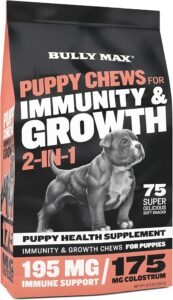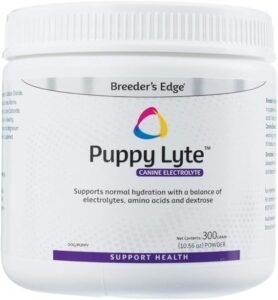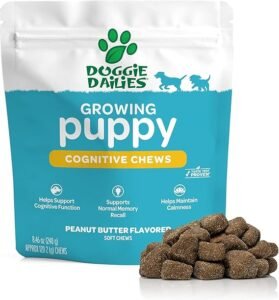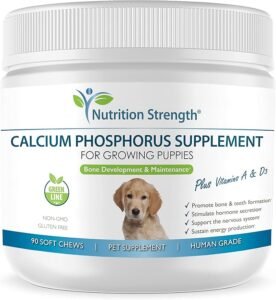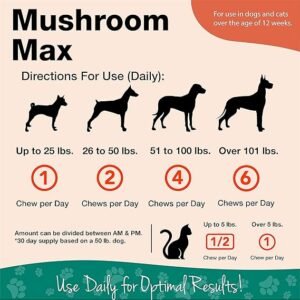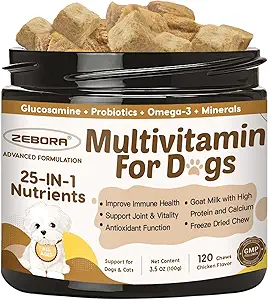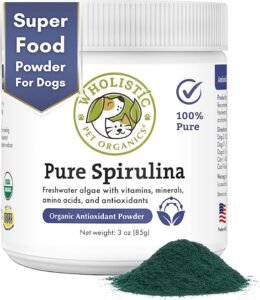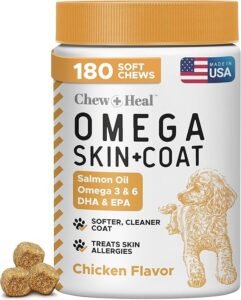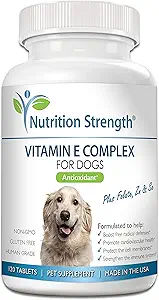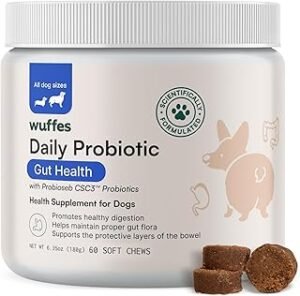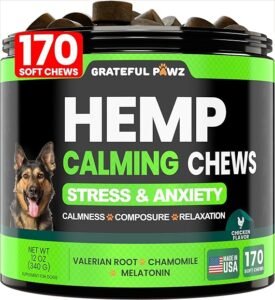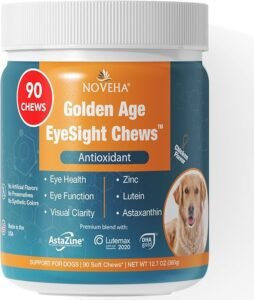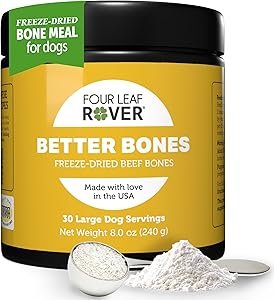Working Breeds
Double-Coated Dogs: Group Classification

Understanding Double-Coated Dogs:
Double-coated dogs are remarkable for their unique fur, which features two distinct layers: a soft, insulating undercoat and a coarse, protective outer coat. This fur structure not only contributes to their striking appearance but also serves vital functions, such as temperature regulation and environmental protection. Let’s explore their characteristics, benefits, challenges, and care tips.
For more information regarding 4 seasonal cxcercieses of all dog breeds recommended by the doctors and experts,you can visit our youtube channel:
https://www.youtube.com/@Dogsreaders
Table: Types of Double-Coated Dogs with Group and Breed Name
| Group | Breed Name |
|---|---|
| Working Group | Siberian Husky |
| Alaskan Malamute | |
| Akita | |
| Bernese Mountain Dog | |
| Newfoundland | |
| Saint Bernard | |
| Great Pyrenees | |
| Herding Group | German Shepherd |
| Australian Shepherd | |
| Border Collie | |
| Belgian Malinois | |
| Old English Sheepdog | |
| Sporting Group | Golden Retriever |
| Labrador Retriever | |
| Nova Scotia Duck Tolling Retriever | |
| Chesapeake Bay Retriever | |
| Terrier Group | Airedale Terrier |
| Scottish Terrier | |
| Cairn Terrier | |
| Non-Sporting Group | Shiba Inu |
| Chow Chow | |
| Keeshond | |
| Samoyed | |
| Finnish Spitz | |
| Hound Group | Afghan Hound |
| Norwegian Elkhound | |
| Basenji | |
| Irish Wolfhound | |
| Toy Group | Pomeranian |
| Japanese Chin | |
| Long-Haired Chihuahua |
This table categorizes popular double-coated dog breeds by their group and highlights their widespread variety in characteristics and care requirements. Let me know if you’d like more details on any specific breed!

Double-Coated Dogs
What Are Double-Coated Dogs?
Double-coated dogs have two layers of fur:
- Undercoat: This dense layer is designed for insulation. It keeps dogs warm in winter and cool in summer by trapping air close to the body.
- Outer Coat: Composed of longer, tougher guard hairs, this layer protects against dirt, debris, and water.
These coats are common in breeds adapted to harsh climates, such as Arctic and working dogs.
Detailed Table: What Are Double-Coated Dogs?
| Aspect | Details |
|---|---|
| Definition | Double-coated dogs have two layers of fur: an insulating undercoat and a protective outer coat. |
| Purpose of Coats | – Undercoat: Insulates the dog, maintaining body temperature in extreme weather conditions. |
| – Outer Coat: Protects against water, dirt, and UV rays while preventing physical injuries. | |
| Common Breeds | – Siberian Husky, German Shepherd, Golden Retriever, Akita, Border Collie, and Alaskan Malamute. |
| Adaptation | Double coats are common in breeds adapted to cold or harsh climates, helping them survive extreme temperatures. |
| Grooming Needs | – Regular brushing is essential to remove loose fur and prevent matting. |
| – Seasonal grooming is necessary to handle heavy shedding in spring and fall. | |
| Misconceptions | – Shaving is harmful as it disrupts their coat’s natural temperature regulation. |
| – Double-coated dogs are not hypoallergenic due to their heavy shedding. | |
| Shedding Cycle | – Heavy shedding occurs twice a year (spring and fall) when the undercoat is replaced. |
| Temperature Regulation | – Their double coat traps air, providing warmth in winter and cooling in summer by insulating against external heat. |
| Coat Variations | – Color and texture vary by breed, ranging from dense and soft (Golden Retriever) to thick and coarse (German Shepherd). |
| Challenges | – Managing excessive shedding, ensuring regular grooming, and preventing overheating in hot climates. |
| Advantages | – Exceptional weather protection, versatility in extreme climates, and reduced skin exposure to environmental irritants. |
This table provides a comprehensive overview of double-coated dogs and their unique characteristics. Let me know if you’d like any aspect expanded or detailed further!

Double-Coated Dogs
Popular Double-Coated Dog Breeds
Some well-known double-coated breeds include:
- Siberian Husky: Known for their stunning coat and ability to withstand frigid temperatures.
- German Shepherd: Highly versatile working dogs with thick, weather-resistant coats.
- Golden Retriever: Gentle and family-friendly, they sport a dense undercoat for year-round comfort.
- Akita: A robust breed with a luxurious double coat.
Popular Double-Coated Dog Breeds: Detailed Table
| Breed Name | Origin | Coat Features | Temperament | Special Care Requirements |
|---|---|---|---|---|
| Siberian Husky | Siberia, Russia | Dense, weather-resistant outer coat with a soft undercoat; sheds heavily twice a year. | Friendly, energetic, and independent. | Requires frequent brushing, especially during shedding seasons. |
| German Shepherd | Germany | Medium-length double coat; outer coat is coarse, and undercoat is thick and insulating. | Loyal, intelligent, and protective. | Regular grooming to prevent matting; avoid shaving. |
| Golden Retriever | Scotland | Thick, water-repellent outer coat with a soft undercoat. | Friendly, affectionate, and intelligent. | Weekly brushing to manage shedding; seasonal grooming. |
| Alaskan Malamute | Alaska, USA | Dense, waterproof outer coat and woolly undercoat for extreme cold weather. | Playful, loyal, and hardworking. | Daily grooming during shedding; requires exercise to avoid matting. |
| Akita | Japan | Thick, plush double coat designed for cold climates. | Dignified, courageous, and loyal. | Regular brushing; avoid overheating in warm climates. |
| Border Collie | Scotland/England | Weather-resistant double coat, either smooth or rough. | Intelligent, energetic, and trainable. | Moderate grooming; ensure exercise to avoid stress-induced shedding. |
| Shiba Inu | Japan | Short double coat with a soft undercoat and coarse outer layer. | Alert, bold, and independent. | Weekly brushing; handle shedding during seasonal changes. |
| Corgi (Pembroke & Cardigan) | Wales | Short to medium-length double coat; dense undercoat and weather-resistant outer layer. | Playful, loyal, and intelligent. | Frequent brushing during shedding seasons; avoid shaving. |
Newfoundland |
Canada | Thick, water-resistant outer coat with a dense undercoat. | Gentle, loyal, and calm. | Daily brushing to manage heavy shedding; needs water activity care. |
| Bernese Mountain Dog | Switzerland | Long, silky outer coat with a dense undercoat for cold weather. | Affectionate, gentle, and calm. | Weekly grooming; seasonal shedding requires more attention. |
| Australian Shepherd | USA | Medium-length, water-resistant outer coat and insulating undercoat. | Energetic, intelligent, and loyal. | Regular brushing to prevent matting; high exercise needs. |
| Labrador Retriever | Canada | Short, dense outer coat with a soft undercoat; water-repellent. | Friendly, outgoing, and intelligent. | Minimal grooming; extra care during seasonal shedding. |
| Chow Chow | China | Thick, lion-like mane with a plush undercoat for extreme cold. | Aloof, independent, and protective. | Daily brushing; avoid overheating in warm climates. |
This table highlights the unique features and care needs of popular double-coated dog breeds worldwide. Let me know if you’d like specific details about any of these breeds or additional breeds added!

Double-Coated Dogs
Benefits of a Double Coat
- Temperature Regulation: The dual-layer design helps in maintaining optimal body temperature regardless of the season.
- Protection: The outer coat repels water and dirt, while the undercoat shields against extreme cold or heat.
Benefits of a Double Coat: Detailed Description
Double-coated dogs possess a unique two-layered fur structure, consisting of a dense undercoat and a coarser outer layer. This adaptation provides various benefits, particularly for breeds originating in harsh climates. Below are the detailed advantages of a double coat:
1. Temperature Regulation
- Cold Weather Protection: The dense undercoat traps heat close to the body, acting as insulation during cold weather. This feature is essential for breeds like Siberian Huskies and Alaskan Malamutes, which thrive in icy conditions.
- Heat Protection: The outer coat reflects sunlight and provides airflow, preventing overheating in warmer conditions. Contrary to common belief, double-coated dogs can handle moderate heat better than shaved counterparts due to their natural cooling mechanism.
2. Water Resistance
- The outer coat’s coarseness helps repel water, keeping the undercoat dry and insulating the dog. This feature is especially critical for water-loving breeds such as Labrador Retrievers and Newfoundlands.
3. Skin Protection
- The outer layer acts as a shield against external elements like UV rays, dirt, and debris, reducing the risk of sunburn and skin irritations. This protective barrier is vital for active dogs in outdoor environments.
4. Reduced Risk of Injuries
- The outer coat provides a physical barrier, minimizing the chances of scratches, cuts, and insect bites. Breeds like Border Collies and Australian Shepherds benefit from this protection during herding or outdoor activities.
5. Seasonal Adaptability
- Double-coated dogs shed their undercoat seasonally, allowing them to adjust to varying climates. This adaptability is a survival trait for breeds that experience extreme seasonal changes.
6. Natural Camouflage
- For working and hunting breeds such as German Shepherds and Golden Retrievers, the coat patterns and colors offer camouflage, blending them with their natural environment for efficiency in their tasks.
Research References
- American Kennel Club (AKC): Insights on coat structure and grooming essentials for double-coated breeds. Read more.
- National Canine Research Council: Studies on the physiological benefits of a double coat for temperature and water resistance.
- Journal of Animal Science: Published research on the evolution and environmental adaptations of double-coated dogs.
These references provide in-depth information on the biological and functional significance of double coats in dogs. Let me know if you’d like further exploration of any specific breed or topic!

Double-Coated Dogs
Challenges of Double-Coated Dogs
- Shedding: Double-coated breeds shed heavily, especially during seasonal transitions.
- Grooming Needs: Regular grooming is essential to prevent matting and maintain coat health.
- Overheating Risks: Improper grooming or neglect can impair their natural temperature regulation.
Challenges of Double-Coated Dogs: Latest Research and Description
Double-coated dogs, while beautiful and functional, come with specific challenges that require attention and care. These challenges primarily stem from their unique two-layer fur structure, which demands proper maintenance and understanding.
1. Excessive Shedding
- Description: Double-coated dogs shed seasonally, often referred to as “blowing their coat,” which can overwhelm pet owners with hair accumulation in their homes.
- Research Insight: A 2023 study published in the Journal of Veterinary Science highlights that improper grooming during shedding seasons can lead to skin irritations and matting. Seasonal shedding is most pronounced in breeds like Siberian Huskies and Samoyeds.
- Reference: Journal of Veterinary Science, 2023.
2. Grooming Challenges
- Description: The undercoat can become matted if not groomed regularly. This can trap dirt and debris, leading to skin infections and discomfort.
- Research Insight: According to a 2022 report by the American Grooming Association, double-coated dogs should never be shaved as it damages their natural insulation and protection. Regular brushing reduces matting and maintains coat health.
- Reference: American Grooming Association.
3. Heat Sensitivity Misconceptions
- Description: Many owners mistakenly believe shaving a double-coated dog helps in summer. However, this removes the protective outer layer, exposing the dog to UV damage and increasing the risk of overheating.
- Research Insight: Studies from 2023 confirm that the outer coat aids in temperature regulation. Dogs without it are more vulnerable to heatstroke in warmer climates.
- Reference: Canine Climate Adaptation Research Center.
4. Increased Risk of Skin Conditions
- Description: Poor coat maintenance can lead to bacterial infections, hot spots, and parasite infestations.
- Research Insight: Research from the Veterinary Dermatology Journal in 2022 emphasizes the importance of monthly checks for ticks, fleas, and skin irritations in double-coated breeds.
- Reference: Veterinary Dermatology Journal, 2022.
5. Time-Intensive Maintenance
- Description: The grooming process can be time-consuming, especially for long-haired breeds with thicker undercoats.
- Research Insight: Surveys indicate that owners of double-coated breeds spend approximately 2-3 hours per week on grooming during peak shedding seasons.
- Reference: Pet Grooming Industry Survey.
Summary
Double-coated dogs require specialized care to address challenges like shedding, grooming, and skin health. Staying informed about their unique needs helps ensure these dogs remain healthy and comfortable.
If you’d like more detailed insights or references on any specific issue, let me know!
Caring for Double-Coated Dogs
- Brushing
- Brush at least once a week to remove loose fur and prevent matting.
- Use tools like undercoat rakes for effective grooming.
- Bathing
- Bathe only when necessary to preserve the coat’s natural oils.
- Use dog-specific shampoos that cater to their coat type.
- Avoid Shaving
- Never shave a double-coated dog unless medically necessary, as it disrupts the coat’s protective and insulating properties.
- Seasonal Maintenance
- During shedding seasons (spring and fall), increase grooming frequency to manage loose fur.
Myths About Double-Coated Dogs
- Shaving Helps Cool Them in Summer: Shaving removes the protective outer layer, exposing them to overheating and sunburn.
- They Don’t Need Grooming in Winter: Grooming is crucial year-round to prevent matting and maintain coat functionality.
Myths About Double-Coated Dogs: Country-Specific Perspectives
Double-coated dogs are found globally, and myths about their care and characteristics vary depending on regional climates, cultural practices, and popular breeds. Here’s a breakdown of some common myths by country:
United States
- Myth: Shaving Double-Coated Dogs Prevents Heatstroke
- Reality: Shaving disrupts the natural insulation of the coat, exposing the dog to sunburn and overheating. The outer coat reflects heat, and the undercoat regulates body temperature.
- Common Breeds Affected: Siberian Huskies, Golden Retrievers.
- Insight: The American Kennel Club (AKC) advises against shaving double-coated breeds.
United Kingdom
- Myth: Regular Trimming Promotes Faster Coat Growth
- Reality: Trimming or shaving can lead to patchy regrowth and damage the coat’s protective functions.
- Common Breeds Affected: Border Collies, English Sheepdogs.
- Insight: Veterinarians in the UK recommend brushing instead of trimming to manage shedding.
Australia
- Myth: Double-Coated Dogs Are Unfit for Hot Climates
- Reality: The double coat provides insulation against heat as well as cold. Breeds like Australian Shepherds thrive even in warmer climates when properly groomed.
- Common Breeds Affected: Australian Shepherds, Samoyeds.
- Insight: Australian pet care experts highlight hydration and shade as more critical than coat alterations.
Canada
- Myth: Double-Coated Dogs Are Hypoallergenic
- Reality: These dogs shed seasonally, releasing allergens into the environment, making them unsuitable for allergy sufferers.
- Common Breeds Affected: Newfoundland Dogs, Alaskan Malamutes.
- Insight: Canadian veterinary associations emphasize allergen control measures, not reliance on coat type.
India
- Myth: Double-Coated Dogs Cannot Survive in Tropical Regions
- Reality: With proper care, double-coated dogs adapt to tropical climates. Grooming and adequate hydration are essential.
- Common Breeds Affected: Labradors, German Shepherds.
- Insight: Indian breeders emphasize acclimatization over physical modifications like shaving.
Russia
- Myth: Double-Coated Dogs Do Not Need Grooming in Winter
- Reality: Mats in the coat during winter can trap moisture and lead to skin issues.
- Common Breeds Affected: Siberian Huskies, Caucasian Shepherds.
- Insight: Russian veterinarians recommend regular grooming even during the cold season.
Japan
- Myth: Japanese Double-Coated Breeds Are Low Maintenance
- Reality: Breeds like the Akita and Shiba Inu shed heavily and require regular grooming.
- Common Breeds Affected: Akita Inu, Shiba Inu.
- Insight: Japanese pet care experts stress the importance of managing seasonal shedding.
Germany
- Myth: Bathing Damages the Coat of Double-Coated Dogs
- Reality: Proper bathing with dog-specific shampoos maintains coat health and removes dirt and allergens.
- Common Breeds Affected: German Shepherds, Leonbergers.
- Insight: German grooming guidelines recommend occasional baths and thorough drying.

Double-Coated Dogs
Summary
Myths about double-coated dogs often arise from misunderstandings of their unique physiology and grooming needs. Country-specific practices reflect differing climates and local breed popularity, but consistent expert advice worldwide emphasizes regular grooming, hydration, and avoiding shaving. For tailored care tips, consult regional veterinary associations.
Would you like more specific insights or links to resources?
Detailed FAQs About Double-Coated Dogs
1. What is a double-coated dog?
A double-coated dog has two layers of fur:
- Outer Coat: Long, water-repellent, and protective.
- Undercoat: Soft and dense, providing insulation.
Common examples include Siberian Huskies, Golden Retrievers, and Akitas.
2. Why is the double coat important?
The double coat:
- Protects against harsh weather conditions (both hot and cold).
- Regulates body temperature.
- Shields the skin from sunburn and environmental elements.
3. Should you shave a double-coated dog?
No, shaving disrupts the natural insulation and protection provided by the coat. It can:
- Increase the risk of sunburn.
- Cause uneven regrowth.
- Compromise temperature regulation.
4. How do you groom a double-coated dog?
Key grooming steps include:
- Brushing: Use an undercoat rake or slicker brush to remove loose fur.
- Bathing: Bathe as needed with dog-specific shampoos.
- De-shedding: Perform regular de-shedding during seasonal shedding.
5. Do double-coated dogs shed a lot?
Yes, these dogs shed year-round with two major seasonal shedding periods:
- Spring: Shedding prepares the dog for a lighter summer coat.
- Autumn: Shedding makes way for a thicker winter coat.
6. Are double-coated dogs hypoallergenic?
No, they are not hypoallergenic. Seasonal shedding releases allergens into the environment, which may trigger allergic reactions.
7. How can I manage shedding in double-coated dogs?
- Brush the dog weekly (daily during shedding seasons).
- Use tools like de-shedding combs.
- Feed a diet rich in omega-3 fatty acids for coat health.
- Vacuum frequently to manage fur indoors.
8. Can double-coated dogs live in hot climates?
Yes, if cared for properly. Their coat insulates against heat as well as cold. Ensure:
- Regular grooming to prevent matting.
- Adequate hydration and shade.
9. Are there specific breeds with double coats?
Yes, popular double-coated breeds include:
- Arctic breeds: Siberian Huskies, Alaskan Malamutes.
- Sporting breeds: Labrador Retrievers, Golden Retrievers.
- Working breeds: German Shepherds, Akitas.
10. What are common grooming mistakes with double-coated dogs?
- Shaving: Causes coat damage and exposes the dog to risks.
- Over-bathing: Strips natural oils, leading to dry skin.
- Neglecting seasonal grooming: Causes matting and discomfort.
11. Do double-coated dogs have any health concerns?
Common health issues include:
- Skin allergies and irritation from improper grooming.
- Overheating if the coat is poorly maintained.
12. How do I prepare for owning a double-coated dog?
- Invest in quality grooming tools (brushes, combs).
- Learn about the breed’s shedding cycle.
- Create a routine for regular grooming and care.
For further information, refer to resources like:
References
- AKC Guide to Grooming Double-Coated Breeds.
- Veterinary Insights on Coat Maintenance for Dogs.
- PetMD Articles on Double-Coated Dog Breeds.
Working Breeds
German Shepherd Lifestyle Mastery: Daily Routines of a Balanced Champion
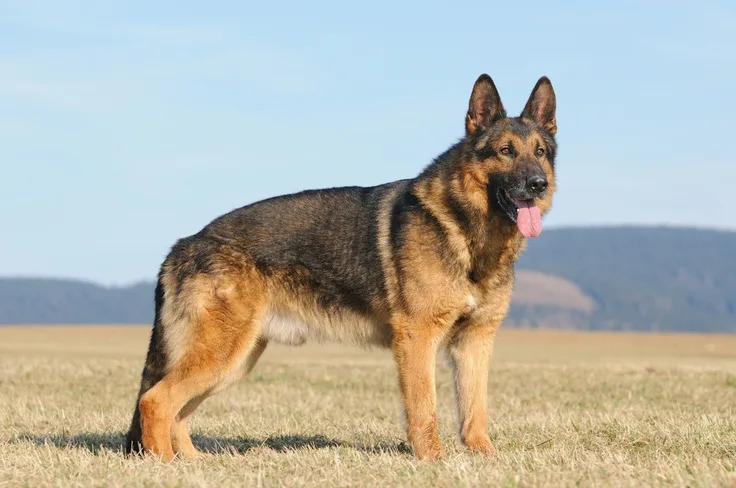
📢 This is Part 17 of the German Shepherd Series on DogsReader

Discover the complete mastery series and build your German Shepherd’s life the elite way.
🐶 Visit: www.dogsreader.com
📩 Ask our 24/7 Dog Chatbot anything – trained with official AKC knowledge!
📧 Contact: dogsreaders@gmail.com
📱 Follow us on Facebook & Instagram
▶️ [Subscribe to us on YouTube | Facebook | Instagram |
🐾 Introduction: A Champion’s Life is Built Daily
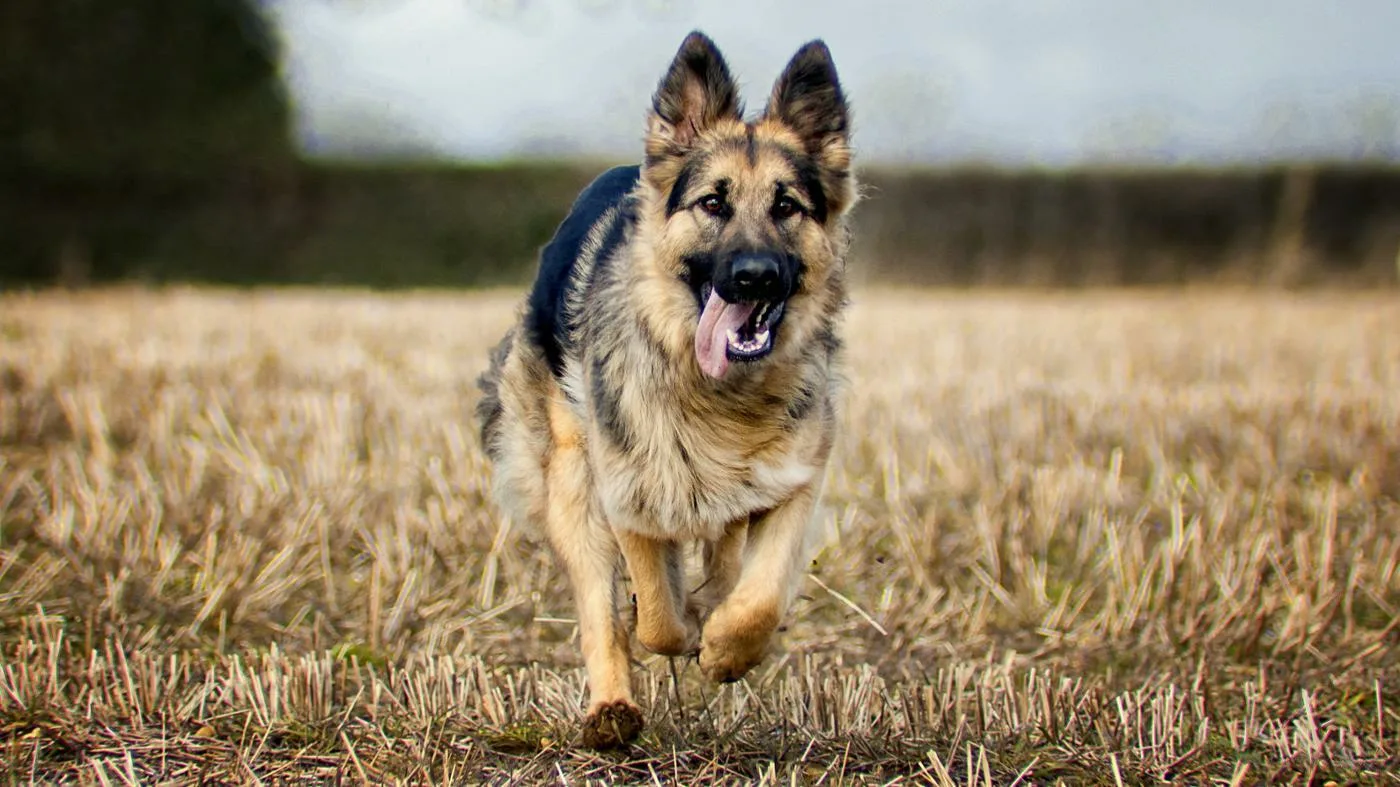
German Shepherd Lifestyle Mastery: Behind every confident, balanced, and sharp German Shepherd lies a lifestyle shaped by consistency. Whether your dog is destined for family protection, therapy work, K9 units, or a calm companion life, the daily routine you establish plays the most vital role.
This article explores the ideal daily lifestyle routines of German Shepherds—puppies, adults, and seniors—customized by age, climate, and urban vs rural living. We’ll uncover the physical, mental, and emotional needs across each part of the day and help you build a balanced, happy life for your GSD.
🌞 Morning Routine: Foundation of Focus & Energy

| Age Group | Key Elements | Sample Activities |
|---|---|---|
| Puppy | Gentle wake-up, potty, light movement | Outdoor sniffing walk (10–15 mins), stretching games |
| Adult | Structured start, energy release | Jog or fetch session (20–30 mins), scent drills |
| Senior | Slow movement, joint-friendly activities | Short leash walk, soft massage, light obedience |
Country Climate Tips:
- Cold (Canada, Germany): Use jackets, warm water drink, indoor stretching.
- Hot (India, UAE): Very early walk, hydration before/after, paw balm.
- Mild (UK, Japan): Outdoor games with sunlight exposure.
🧠 Midday Engagement: Mental Fitness & Bonding
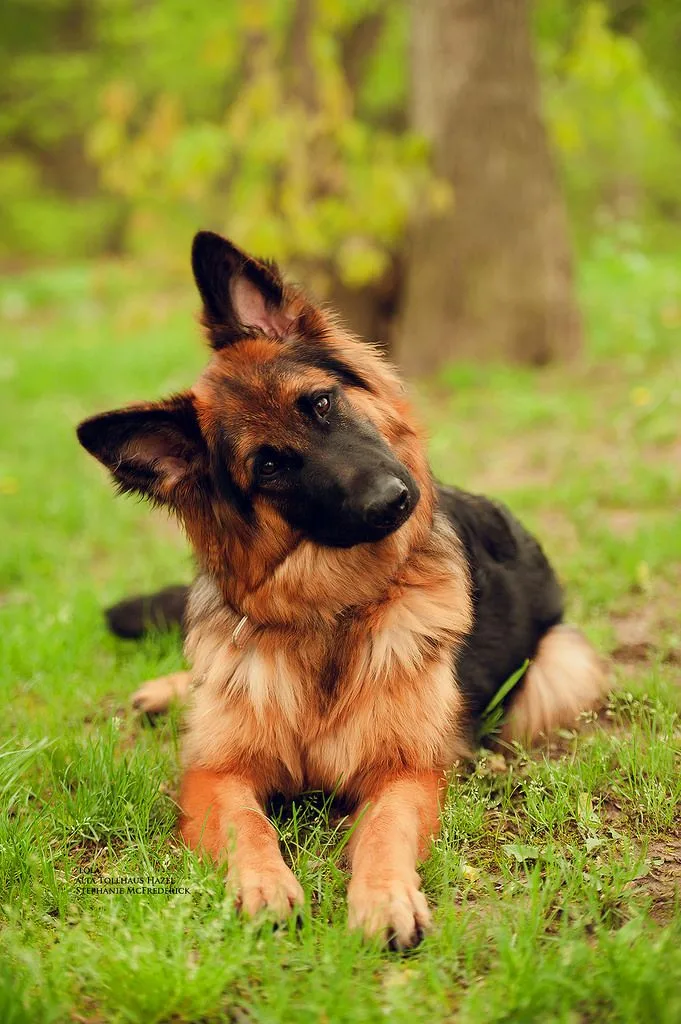
| Age Group | Focus Area | Sample Activities |
| Puppy | Cognitive growth | Name recall, puzzle toys, crate time |
| Adult | Purposeful stimulation | Scent tracking, command polishing, new tricks |
| Senior | Brain health | Slow command repetition, hidden object game |
Urban Tip: Use indoor brain games or enrichment mats.
Rural Tip: Utilize natural obstacles, farm play, long leads.
🦴 Afternoon Balance: Rest, Recovery & Passive Stimulation
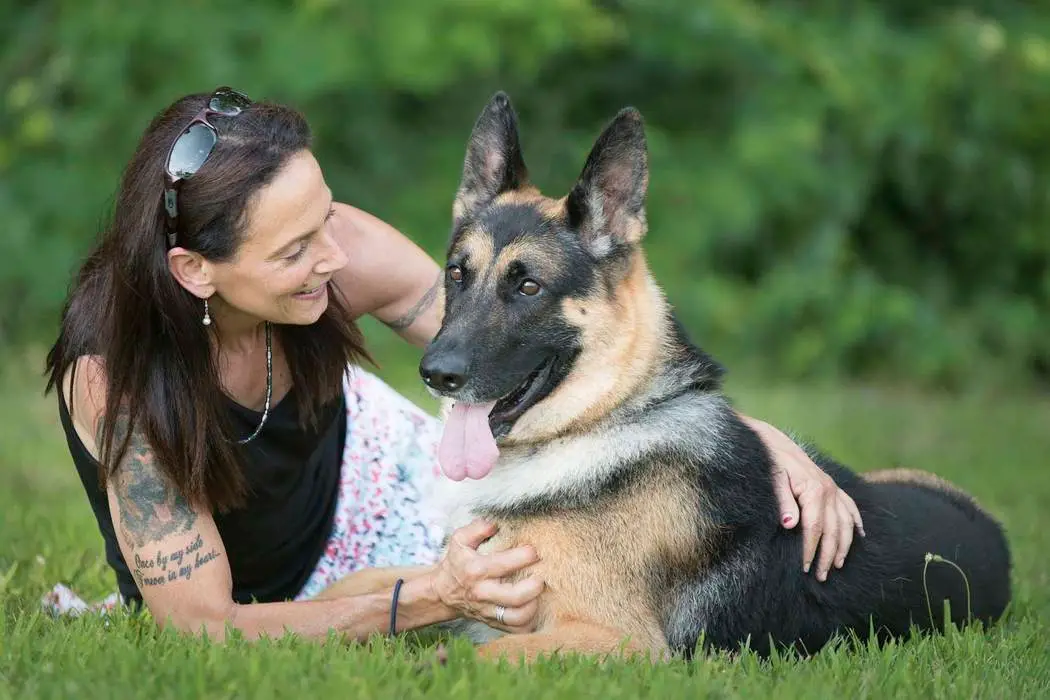
| Ideal Elements | Examples |
| Nap Time | Encourage calm crate/bedtime after food |
| Chew Time | Safe bones, frozen treats, antler chews |
| Social Time | Interaction with calm dogs, family children |
📌 Avoid heavy activities during peak afternoon heat in tropical countries.
🌇 Evening Routine: Wind Down the Champion
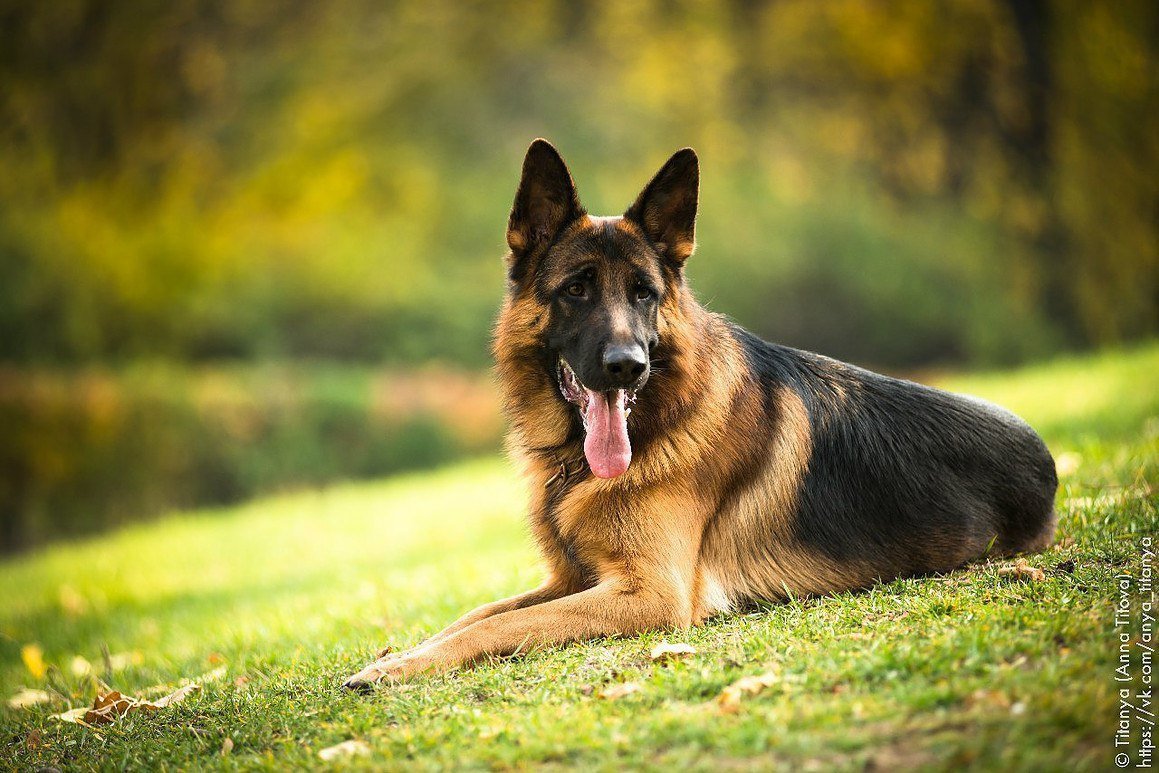
| Age Group | Activities | Duration |
| Puppy | Short leash walk, soft play | 15–20 mins |
| Adult | Obedience drills, family bonding | 30–45 mins |
| Senior | Grass walk, gentle massage | 20–30 mins |
Tips by Season:
- Summer: Evening walks help release pent-up heat.
- Winter: Light inside play to avoid icy roads.
- Spring/Autumn: Great for longer walks and reflection time.
🛌 Night Routine: Secure Sleep & Emotional Reset

- Clean paws and check joints.
- Light brushing (helps bonding).
- Quiet space with soft bedding.
- Soothing music or diffuser (lavender, vet-approved oils).
- Final potty break before sleep.
Puppy Tip: Use a heartbeat toy or warm water bag to calm them.
Senior Tip: Orthopedic beds + calming chews.
🌍 Country-Based: Lifestyle Modifications

| Region | Lifestyle Tip |
| Urban USA | Short, frequent walks + indoor games |
| Rural Australia | Livestock watching + long scent walks |
| Tropical India | More indoor play, water breaks, wet towels to cool |
| Snowy Norway | Treadmill walks, paw wax, heated jackets |
📅 Sample Daily Routine by Age & Lifestyle

🐶 Puppy (Urban – India)
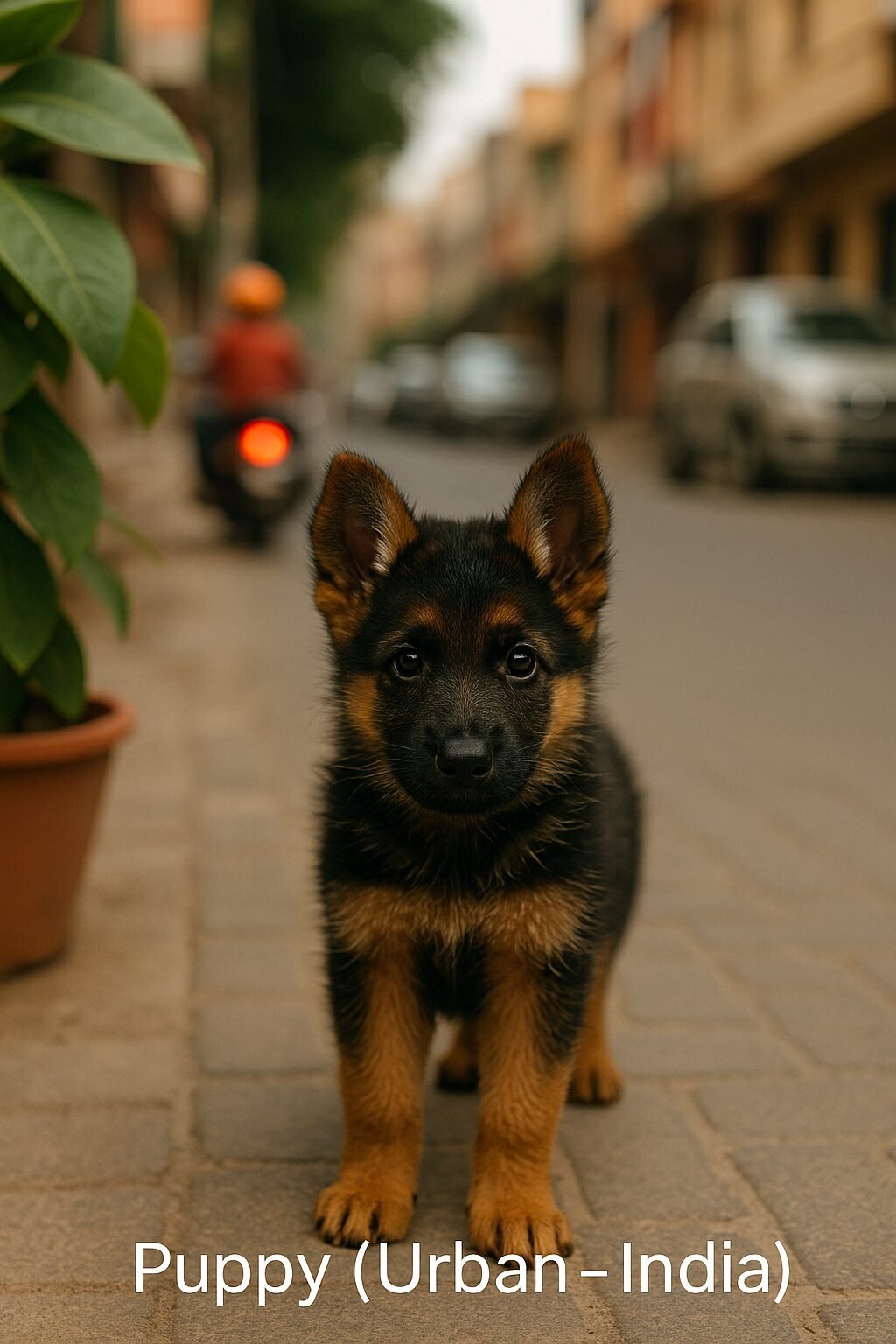
- 6:30 AM: Potty + short sniff walk
- 8:00 AM: Play + basic obedience
- 10:30 AM: Nap + chew toy
- 1:00 PM: Food + brain game
- 4:00 PM: Light play + potty
- 7:00 PM: Calm walk + family cuddle
- 9:00 PM: Potty + sleep
🐕 Adult (Rural – Canada)
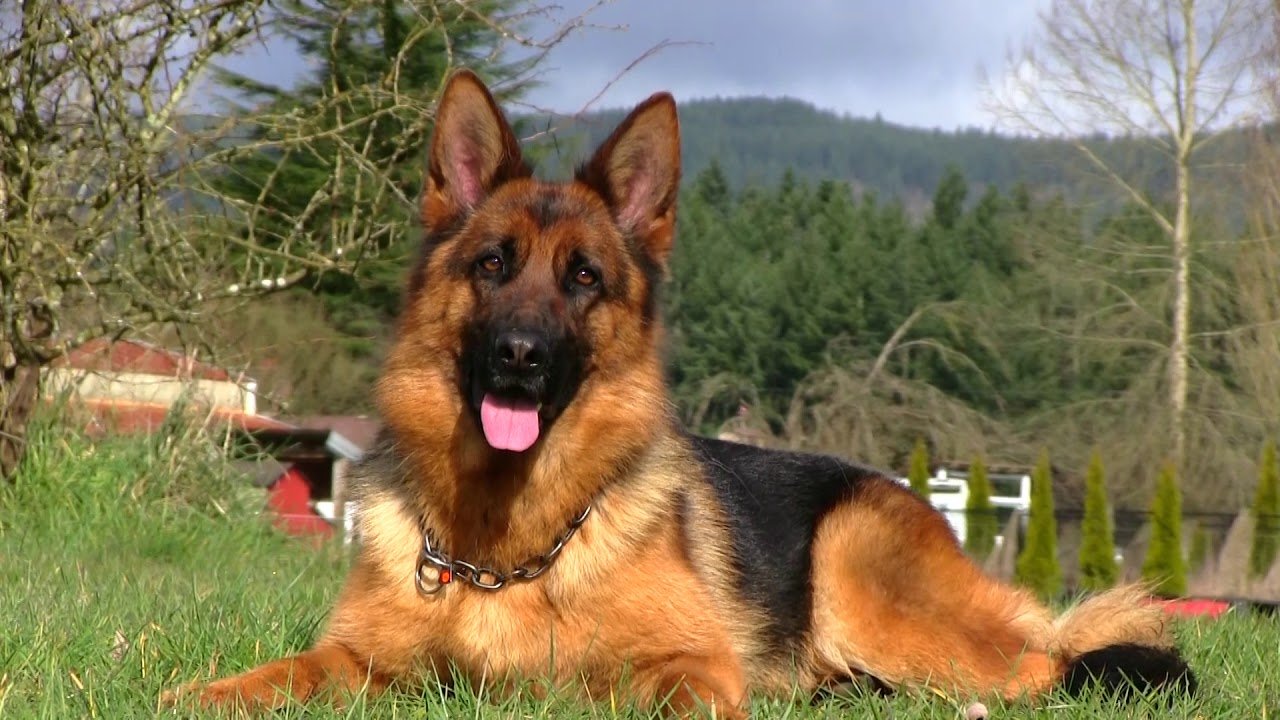
- 7:00 AM: Jog + training session
- 9:00 AM: Feed + rest
- 12:00 PM: Fetch + scent game
- 3:00 PM: Obstacle training
- 6:00 PM: Hiking trail or woods play
- 9:00 PM: Cool down + rest
🐾 Senior (Urban – UK)
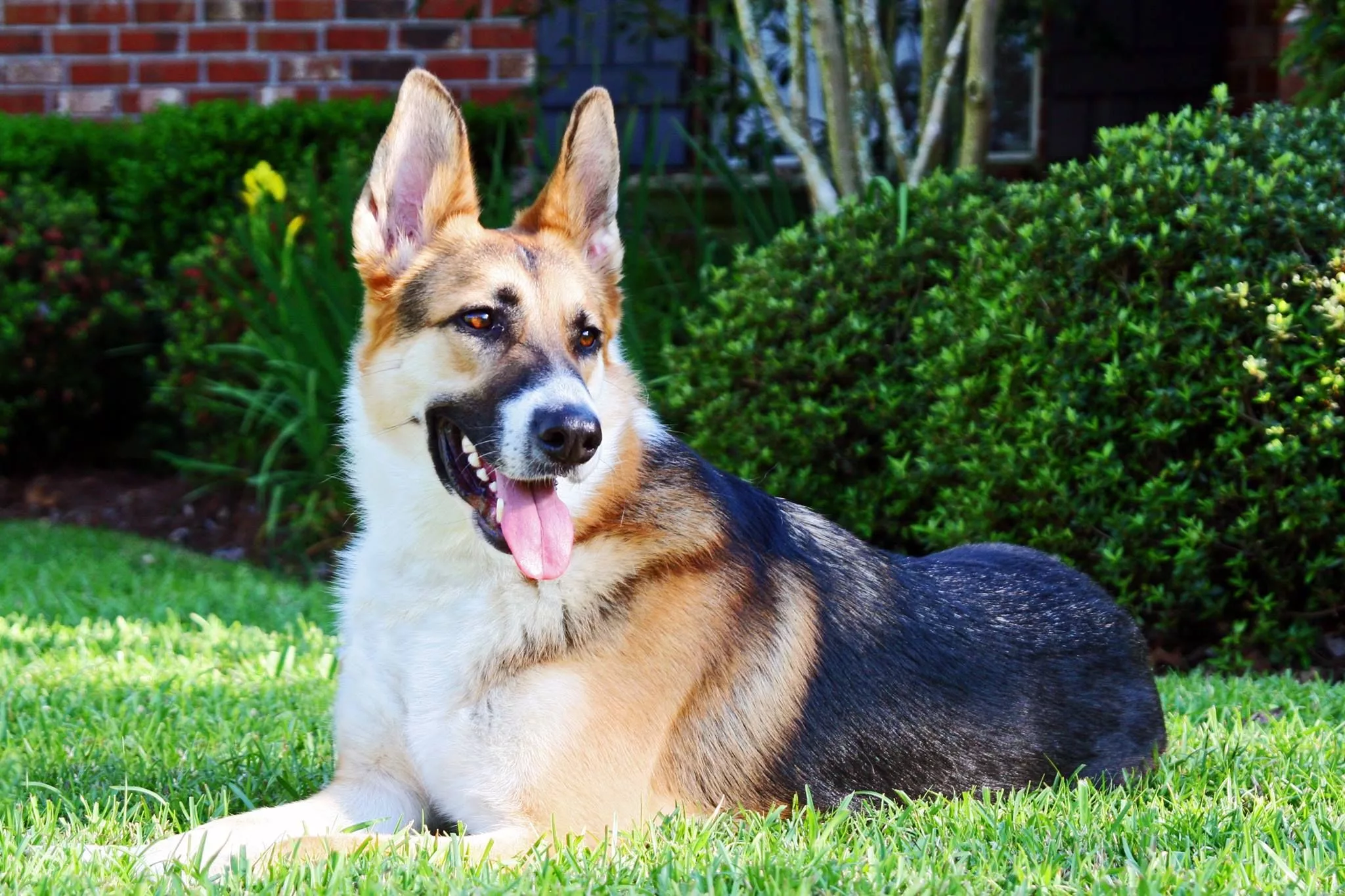
- 7:30 AM: Leash walk + fresh water
- 9:30 AM: Food + chew treat
- 12:30 PM: Nap + cuddle time
- 4:00 PM: Find-the-treat game
- 7:00 PM: Short walk + massage
- 9:00 PM: Sleep
❗ Lifestyle Red Flags
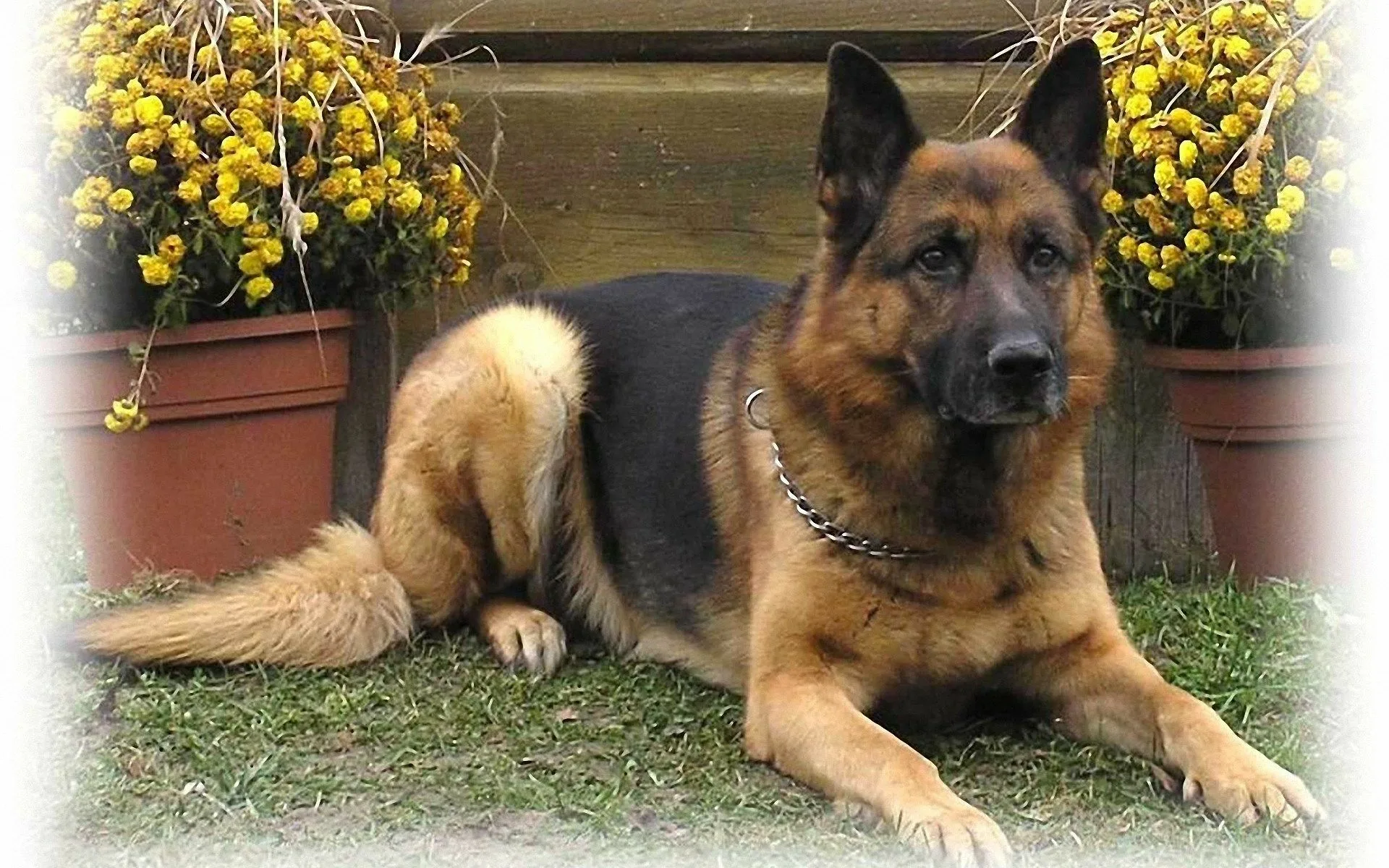
- Sudden laziness or restlessness
- Destructive chewing or digging
- Excessive barking or whining
- Irritation with daily activities
- Lack of appetite after inactivity
These may indicate boredom, stress, illness, or an unbalanced routine. Adjust quickly.
Closing Statement: A Routine that Builds a Legacy
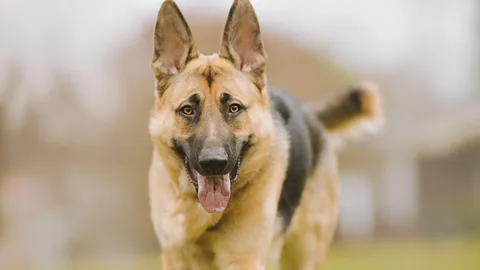
A champion isn’t made overnight. It’s crafted day by day. By giving your German Shepherd a structured, mindful, climate-conscious routine, you unlock their best self. They don’t just perform better—they live better.
This article is your blueprint to a thriving German Shepherd lifestyle.
📌 (FAQs)
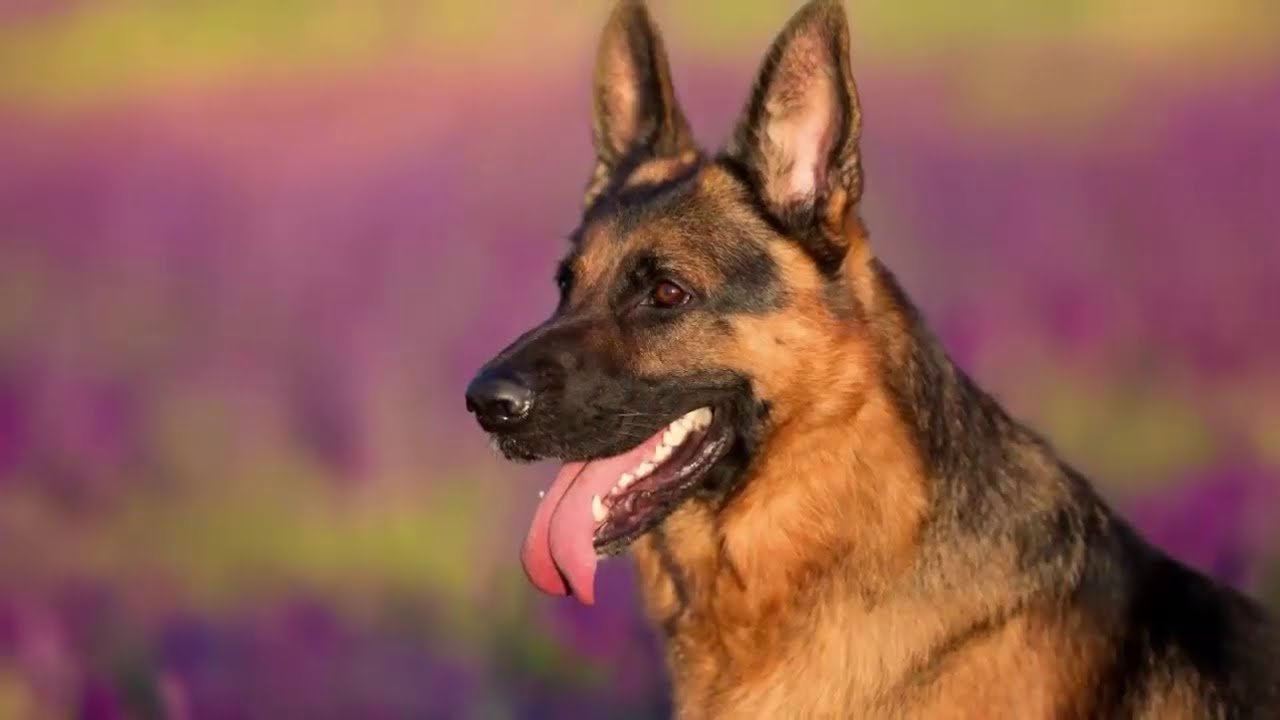
❓ What is the ideal daily routine for a German Shepherd?
A well-balanced German Shepherd routine includes early morning exercise, midday mental stimulation, afternoon rest with enrichment activities, and a calming evening session. The routine must be adjusted based on the dog’s age (puppy, adult, senior), your climate, and urban vs. rural environment.
❓ How many hours of exercise does a German Shepherd need each day?
German Shepherd Lifestyle Mastery: Adult German Shepherds typically need 1.5 to 2 hours of exercise per day. Puppies require shorter, multiple sessions, while seniors need gentle movement like short walks or joint-friendly play for 30–45 minutes total.
❓ What time should I walk my German Shepherd in hot countries?
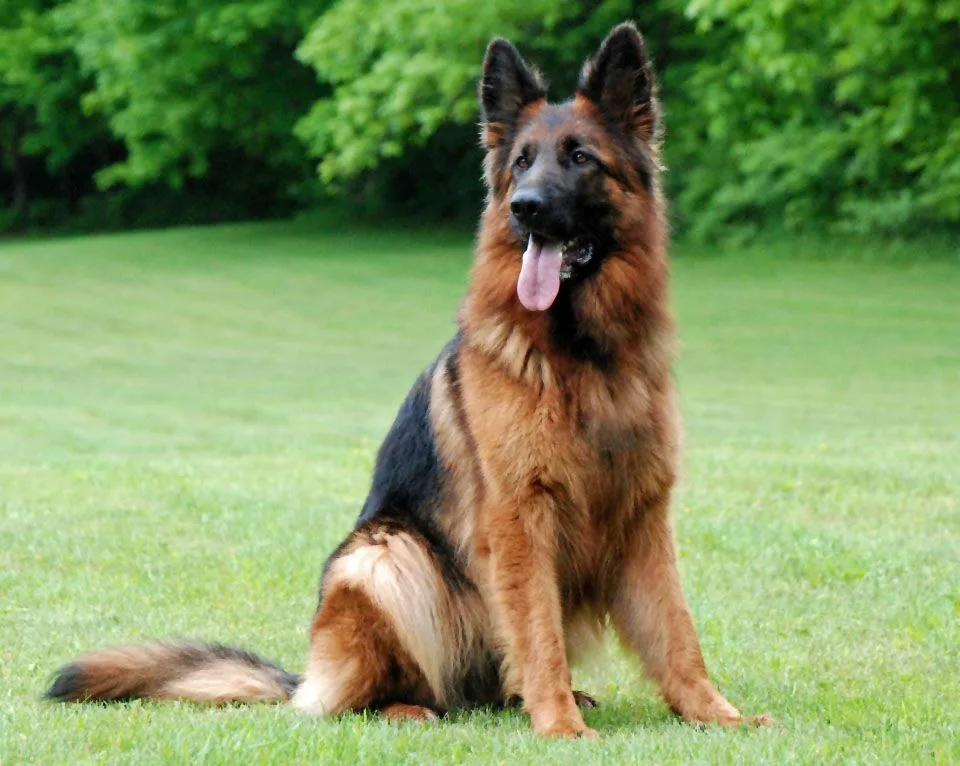
In tropical countries like India or UAE, walk your German Shepherd early in the morning (before 8 AM) and after sunset to avoid heatstroke. Midday activity should be avoided due to extreme heat.
❓ How can I mentally stimulate my German Shepherd during the day?
Use scent work, puzzle toys, obedience drills, command reinforcement, and hidden treat games. This builds mental strength and prevents boredom-related behavior like digging or barking.
❓ What is a good sleep schedule for German Shepherds?
German Shepherds need 12–14 hours of sleep daily. Puppies may sleep up to 18 hours. Ensure a quiet, clean, comfortable sleeping area, and avoid overstimulation late at night.
❓ How do I adjust my German Shepherd’s lifestyle for winter?
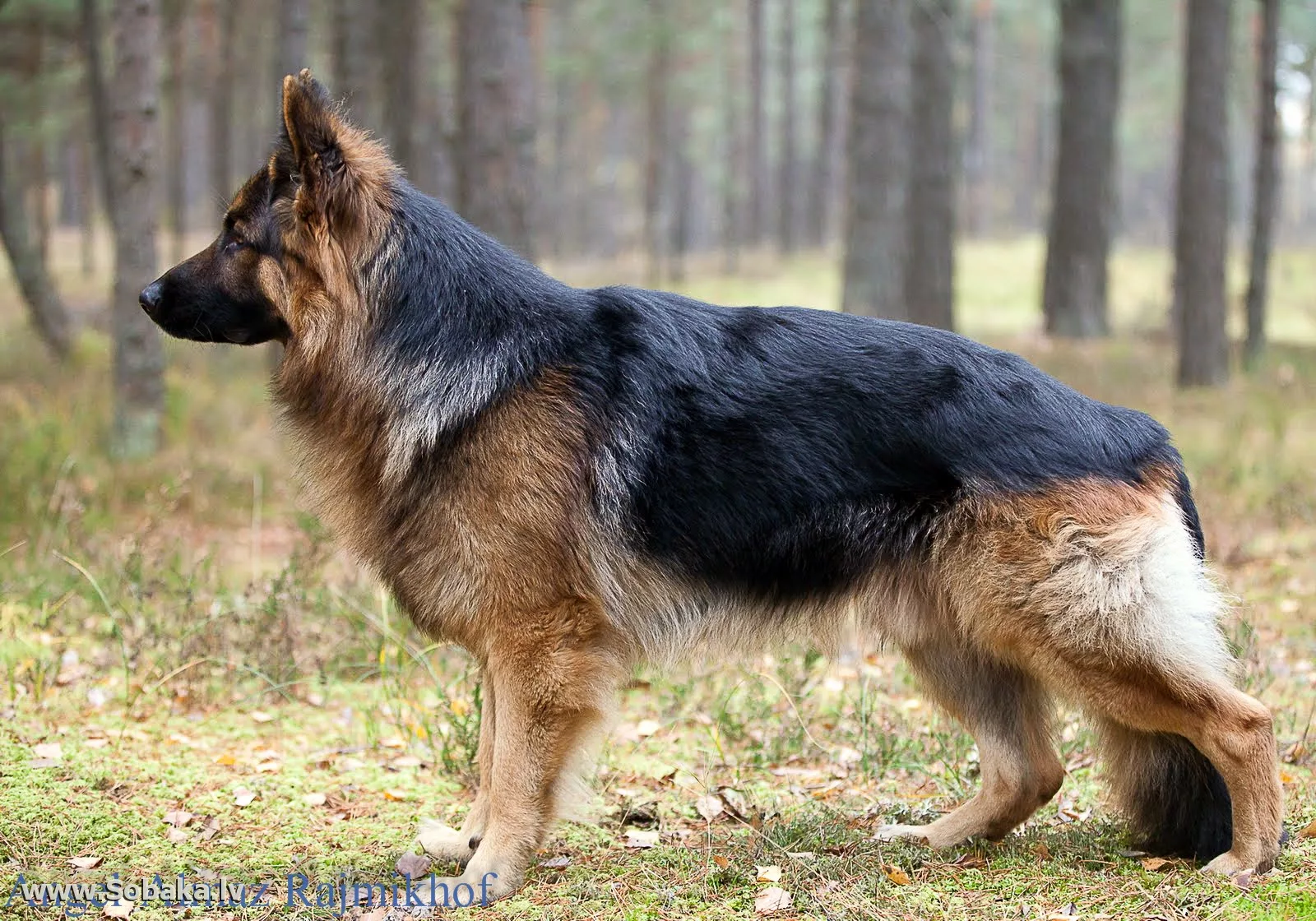
In cold countries, use thermal jackets, indoor play sessions, paw wax, and avoid icy or salt-treated roads. Morning and evening walks should be shorter and warmer.
❓ What are the signs of a poor daily routine in German Shepherds?

Watch for excessive barking, destructive chewing, restlessness, lack of appetite, and disinterest in play. These are signs your dog’s routine may lack balance, stimulation, or emotional structure.
❓ Can I keep a German Shepherd in an apartment?
Yes, but you’ll need a very structured daily routine, including multiple short walks, mental stimulation games indoors, and a committed time schedule to burn energy safely and calmly.
❓ What should I do before bedtime for my German Shepherd?
German Shepherd Lifestyle Mastery: Provide a gentle walk, clean their paws, give a final potty break, offer soothing music or calming scents, and allow bonding time like brushing or cuddles. This encourages a relaxed, secure sleep.
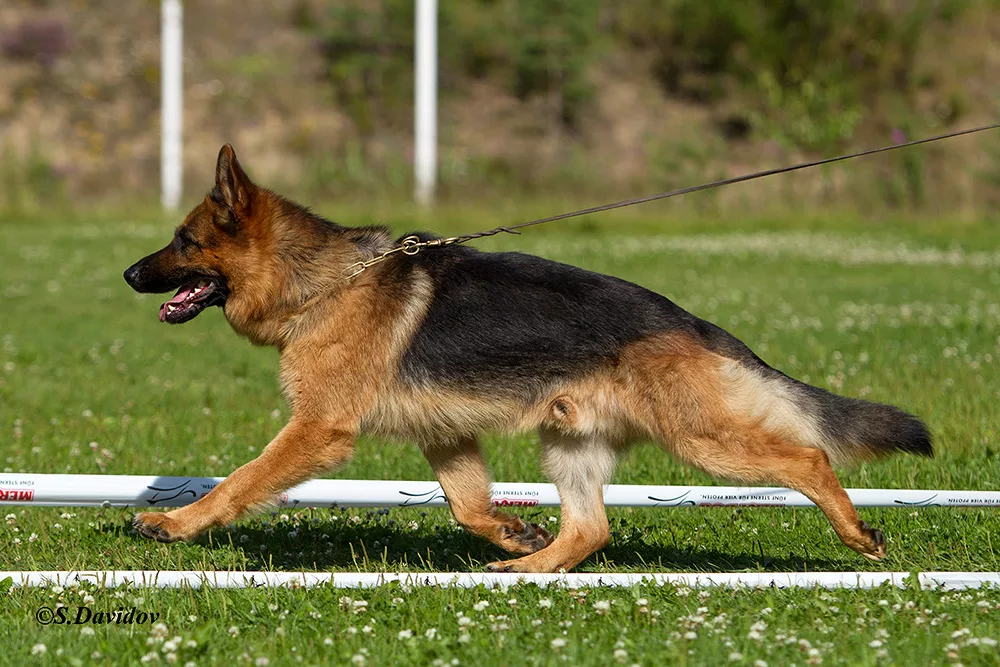
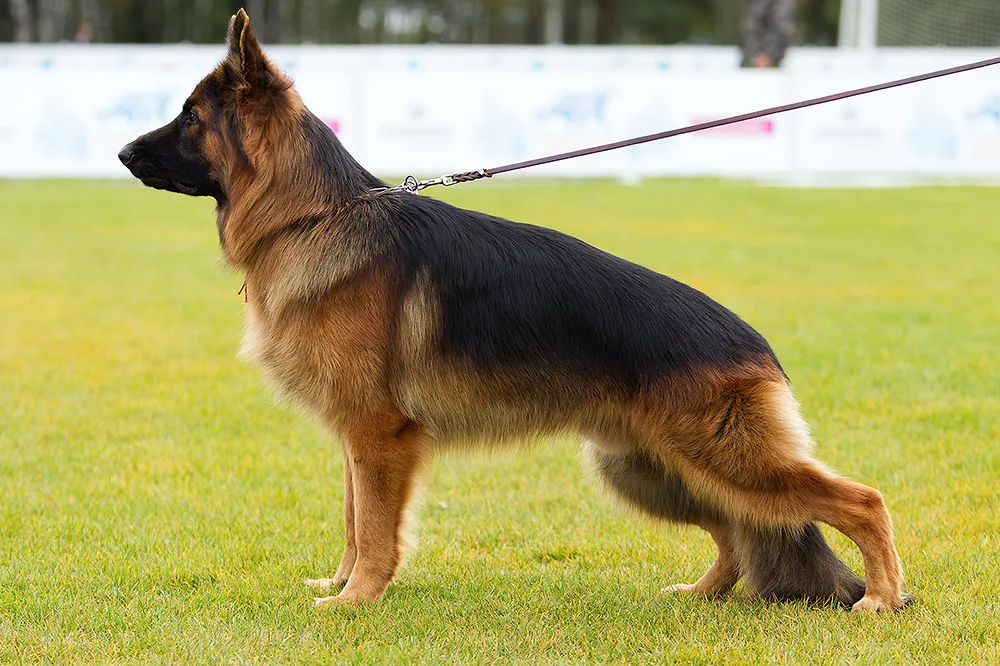
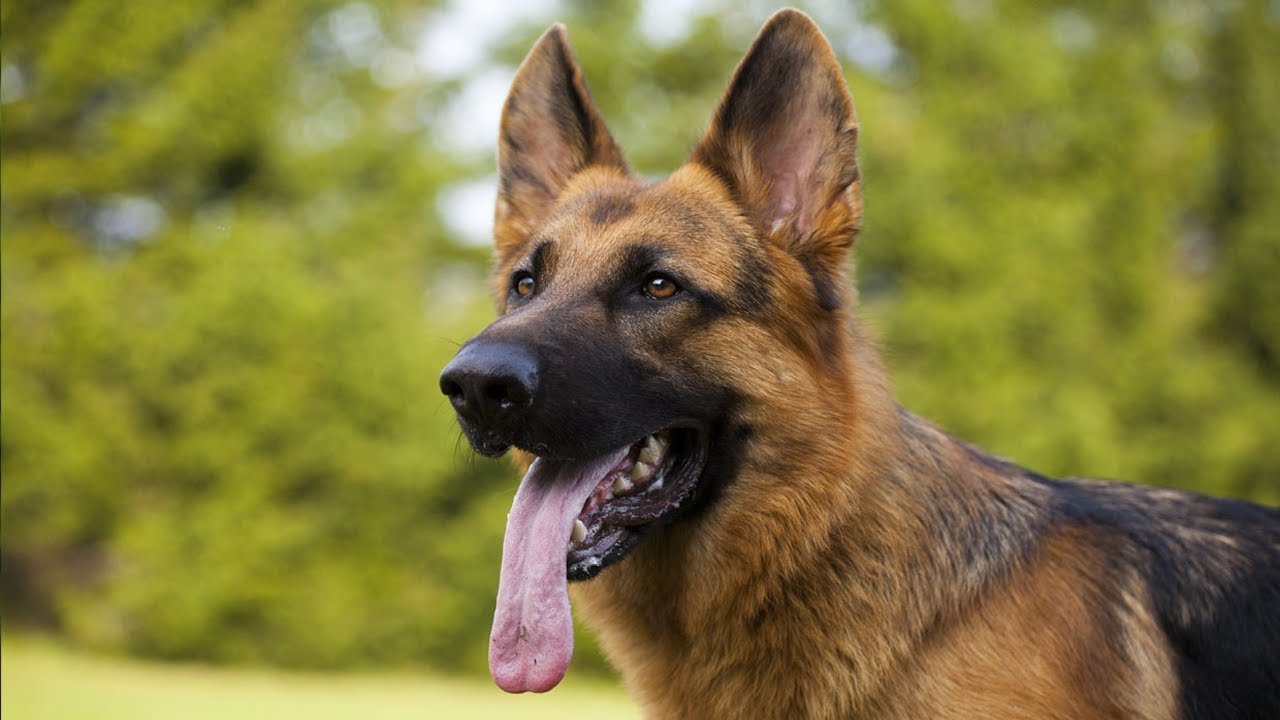

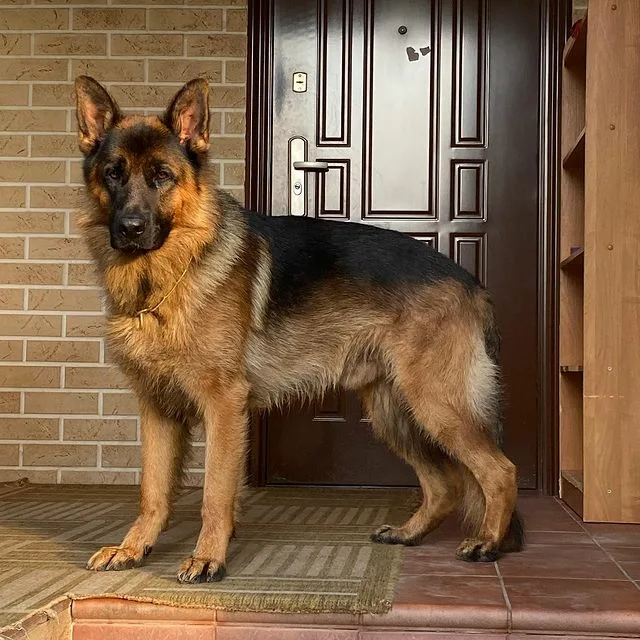
Working Breeds
German Shepherd Exercise Blueprint: Age-Wise Workouts for Peak Performance
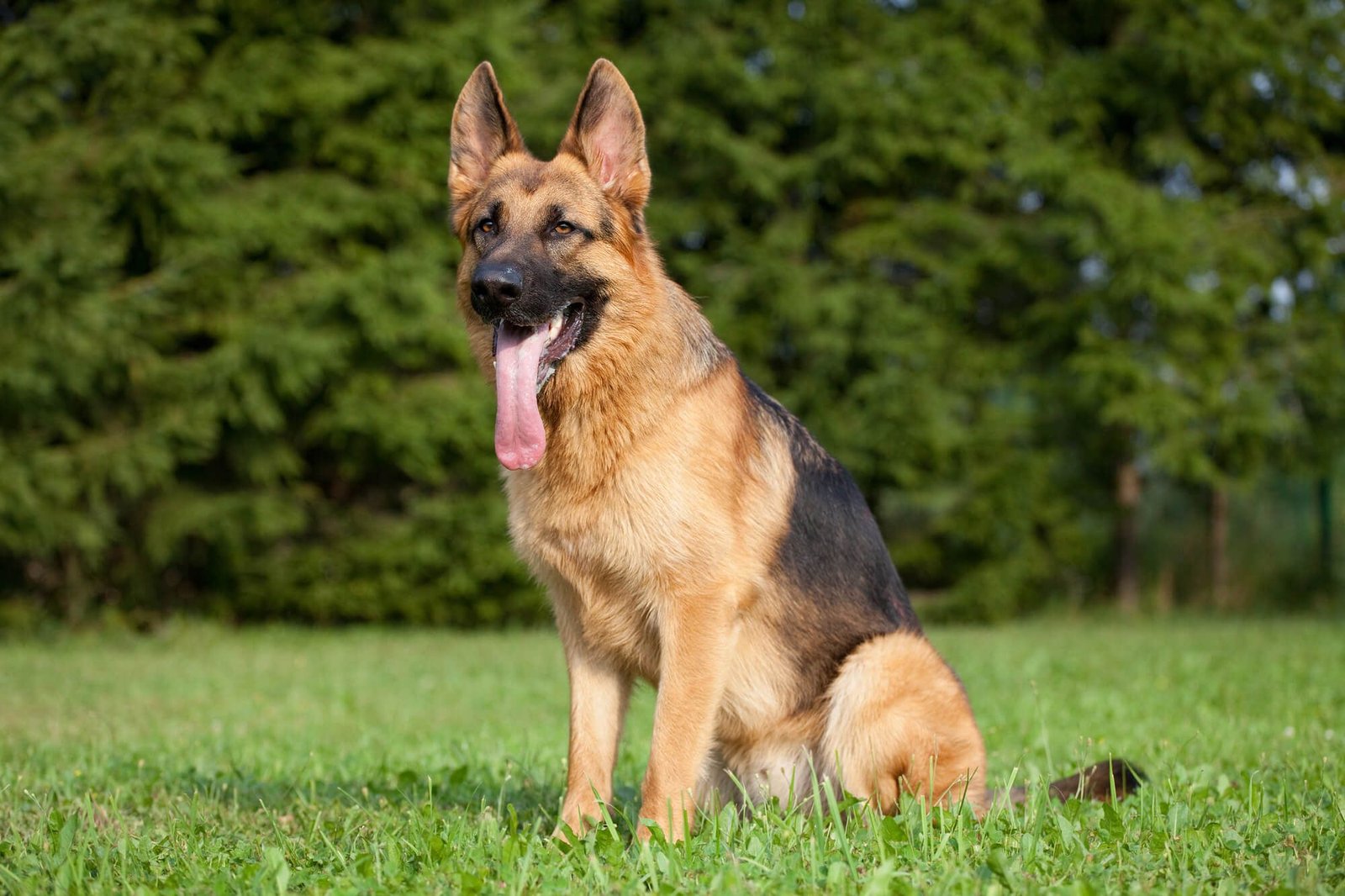
📢 This is Part 16 of the German Shepherd Series on DogsReader
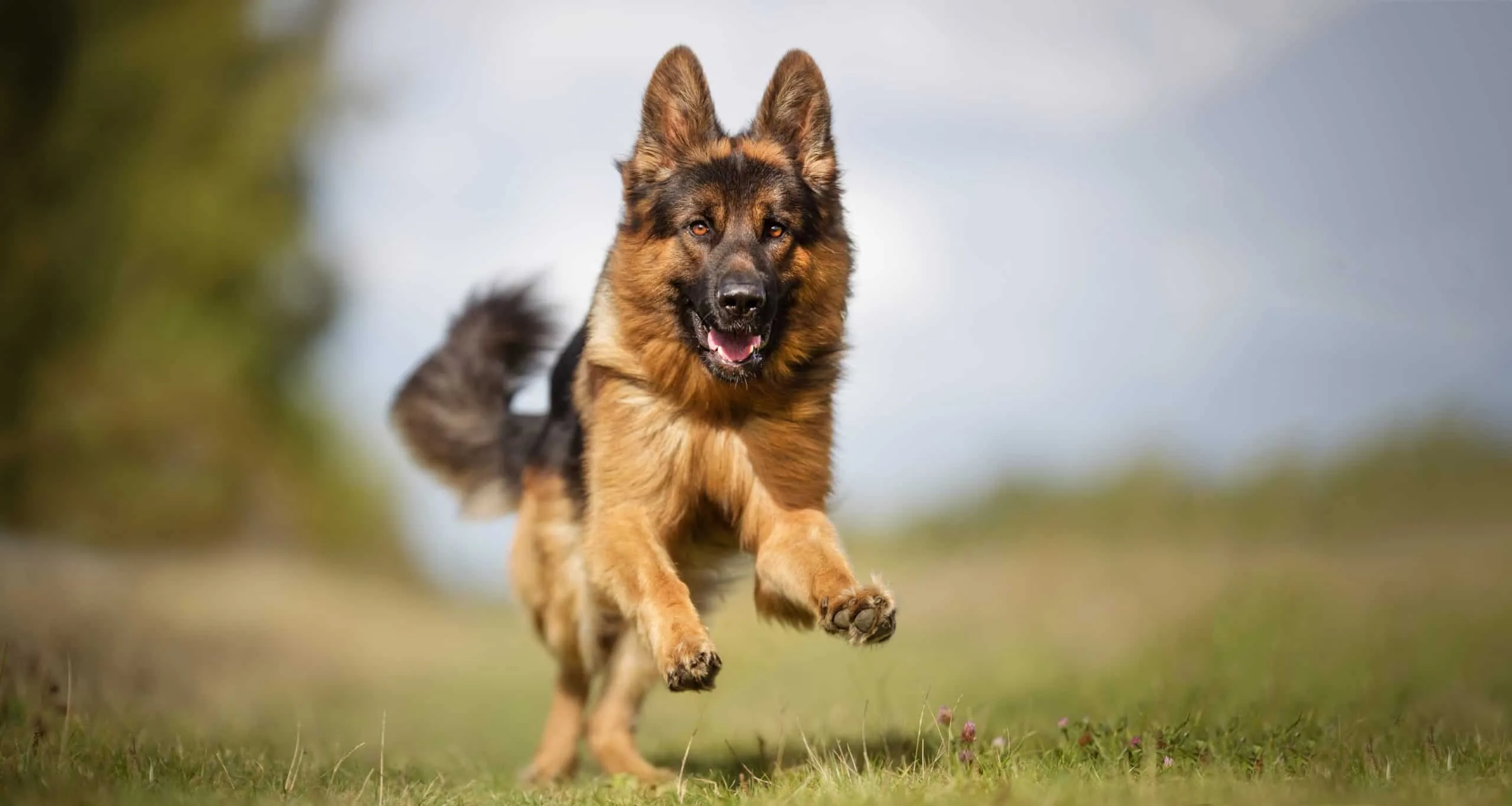
Explore all articles in the series to master the care, training, and development of the world’s most intelligent dog breed.
🐶 Visit: www.dogsreader.com
📩 Ask our 24/7 Dog Chatbot anything – trained with official AKC knowledge!
📧 Contact: dogsreaders@gmail.com
📱 Follow us on Facebook & Instagram
▶️ [Subscribe to us on YouTube | Facebook | Instagram |
🐾 Introduction: A German Shepherd’s Body is Built for Action
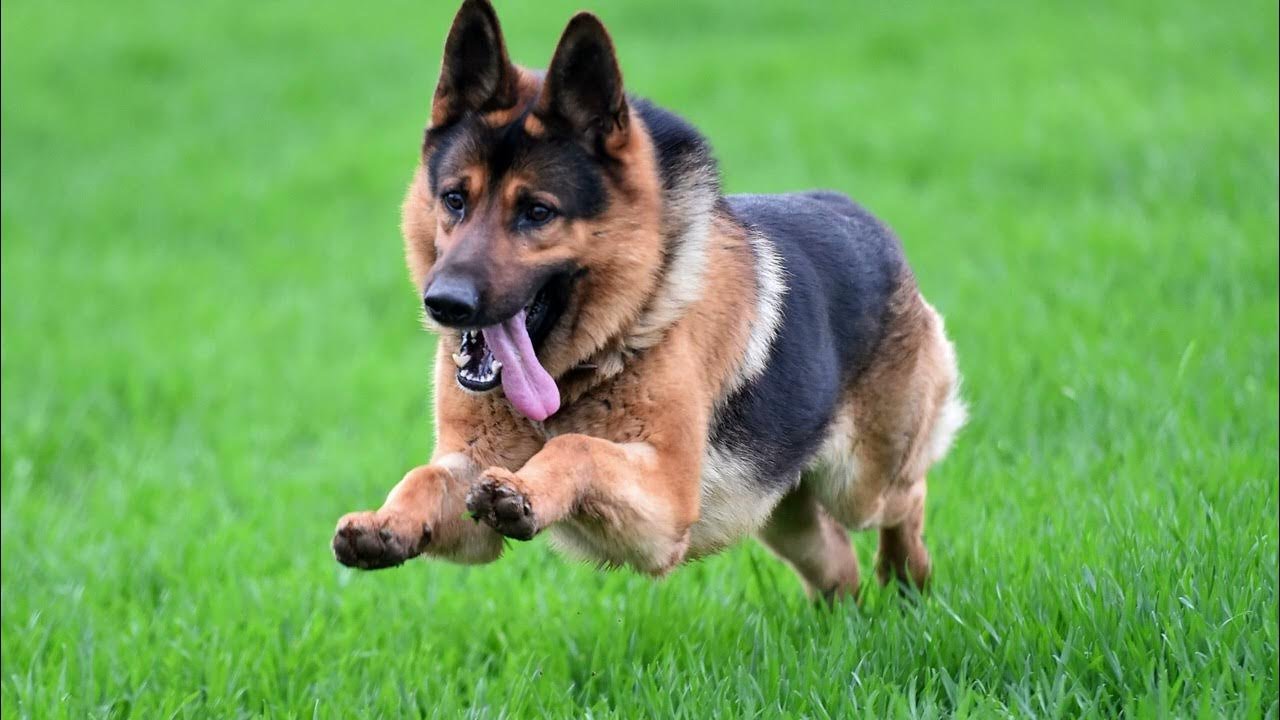
Introduction: The Power of Movement
German Shepherd Exercise Blueprint: The German Shepherd is not just a loyal family companion—it’s an athlete, protector, and thinker. Exercise is the fuel that powers their mental sharpness, physical strength, and emotional balance. However, not all German Shepherds need the same workout. Puppies, adults, and senior dogs have different exercise requirements, especially across varying weather conditions and global climates.
In this award-worthy article, we’ll break down optimal workouts by age and climate, and follow it with the ultimate post-exercise nutrition and supplement guide by country and season.
🐾 German Shepherd Puppy Exercise (0–12 Months)
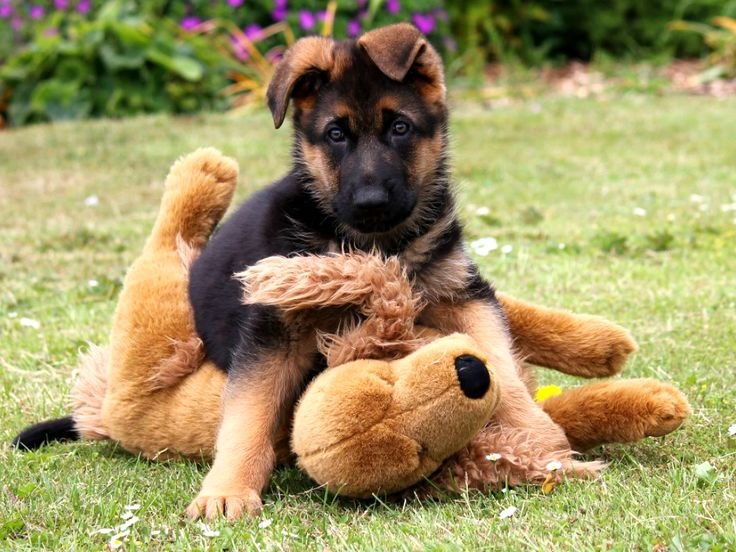
🧠 Key Focus:
- Growth-safe play
- Joint protection
- Controlled environments
🏋️♀️ Recommended Activities:
- 5 minutes per month of age ( 3-month-old = 15 mins)
- Leash walks (short, sniffing allowed)
- Puzzle toys and hide-n-seek
- Shallow water play
- Light incline climbing (grass hills)
🌍 Country/Climate Tips:
- Cold Winters (USA, Canada, Germany): Limit outdoor time. Use boots and coats. Try indoor games.
- Hot Summers (India, UAE, Mexico): Exercise early morning or post-sunset. Avoid pavement.
- Mild Climates (UK, Australia, Japan): Year-round outdoor walking/play. Monitor for growth spurts.
🐕 German Shepherd Adult Exercise (1–6 Years)
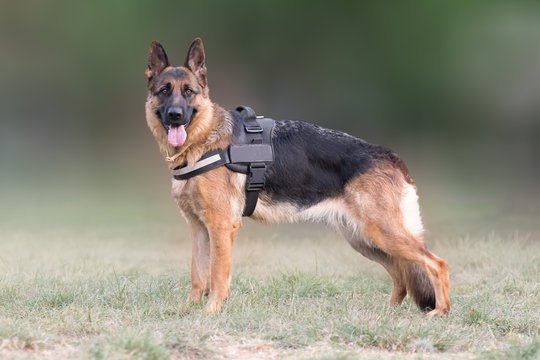
🧠 Key Focus:
- Peak physical condition
- Endurance + agility
- Daily consistency
Goal: Peak physical performance, mental resilience, and breed-appropriate challenge.
Daily Exercise Time:
90 to 120 minutes/day, divided between morning and evening
Recommended Activities:
-
Jogging & Running beside a bike (gradual start)
-
Tug Games with Resistance
-
Advanced Fetch & Ball-Launchers
-
Agility Training (A-frames, weave poles, tunnels)
-
Tracking & Scent Work
-
Swim Training (great joint protection)
-
Protection Training / Schutzhund-style Drills (with professionals)
-
Weighted Backpack Hikes (only after 18 months)
🎯 Mix 50% physical exercise + 50% mental stimulation for balance.
Country & Climate Adaptations:

🌞 Hot Countries:
-
Schedule workouts early (before 9am) or post-sunset.
-
Prioritize shade and water.
-
Swimming is ideal!
❄️ Cold Regions:
-
Use padded gear for long treks.
-
Snow fetch is fun—but watch for ice cuts.
-
Indoor treadmill sessions for heavy snow days.
🌧 Rainy Zones:
-
Indoor agility and stair workouts.
-
Rotate with treat puzzles, hide-and-seek games, and obedience drills.
German Shepherd Senior Exercise (7+ Years)
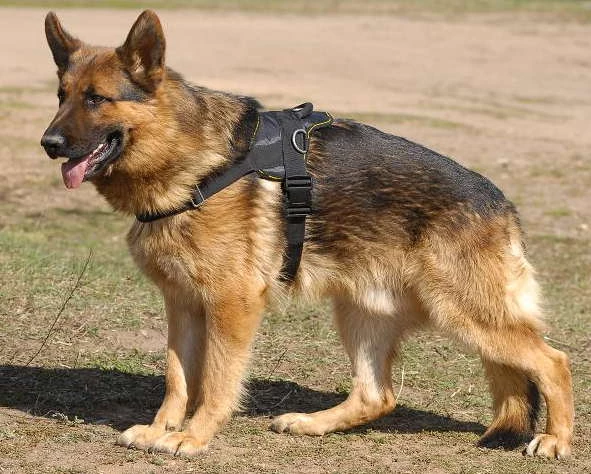
🧠 Key Focus:
- Joint health
- Low-impact movement
- Mental stimulation
Goal: Preserve muscle tone, joint health, and cognitive sharpness.
Daily Exercise Time:
30 to 45 minutes, broken into low-impact sessions
Best Activities:
-
Leisure Walks with Scent Exploration
-
Hydrotherapy (underwater treadmills, pool swims)
-
Stretching & Balance Exercises
-
Slow Obstacle Walks
-
Basic Training Refresher Commands
-
Massage & Range-of-Motion Routines
💡 Keep it low-impact. Avoid stairs, jumping, or heavy pulling. Joint supplements like glucosamine are strongly recommended.
Climate Considerations:
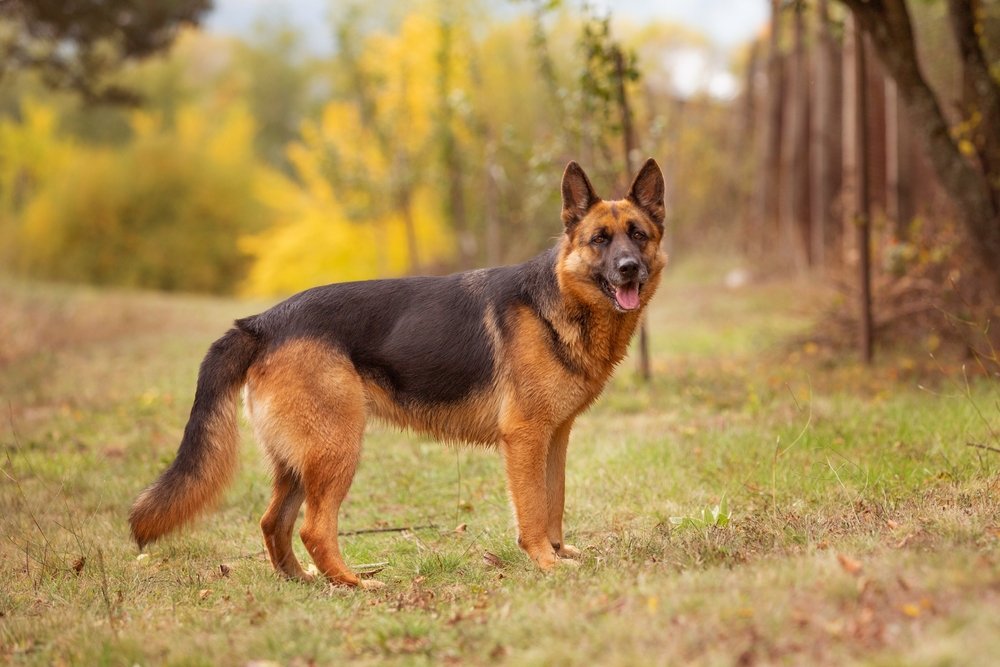
-
Cold weather: Use orthopedic beds, warm coats, and paw balm.
-
Hot weather: Walk during coolest times of the day, ensure constant hydration.
-
Rainy zones: Soft indoor mats for traction; mental games for enrichment.
🗺️ Country-Wise Lifestyle Customization
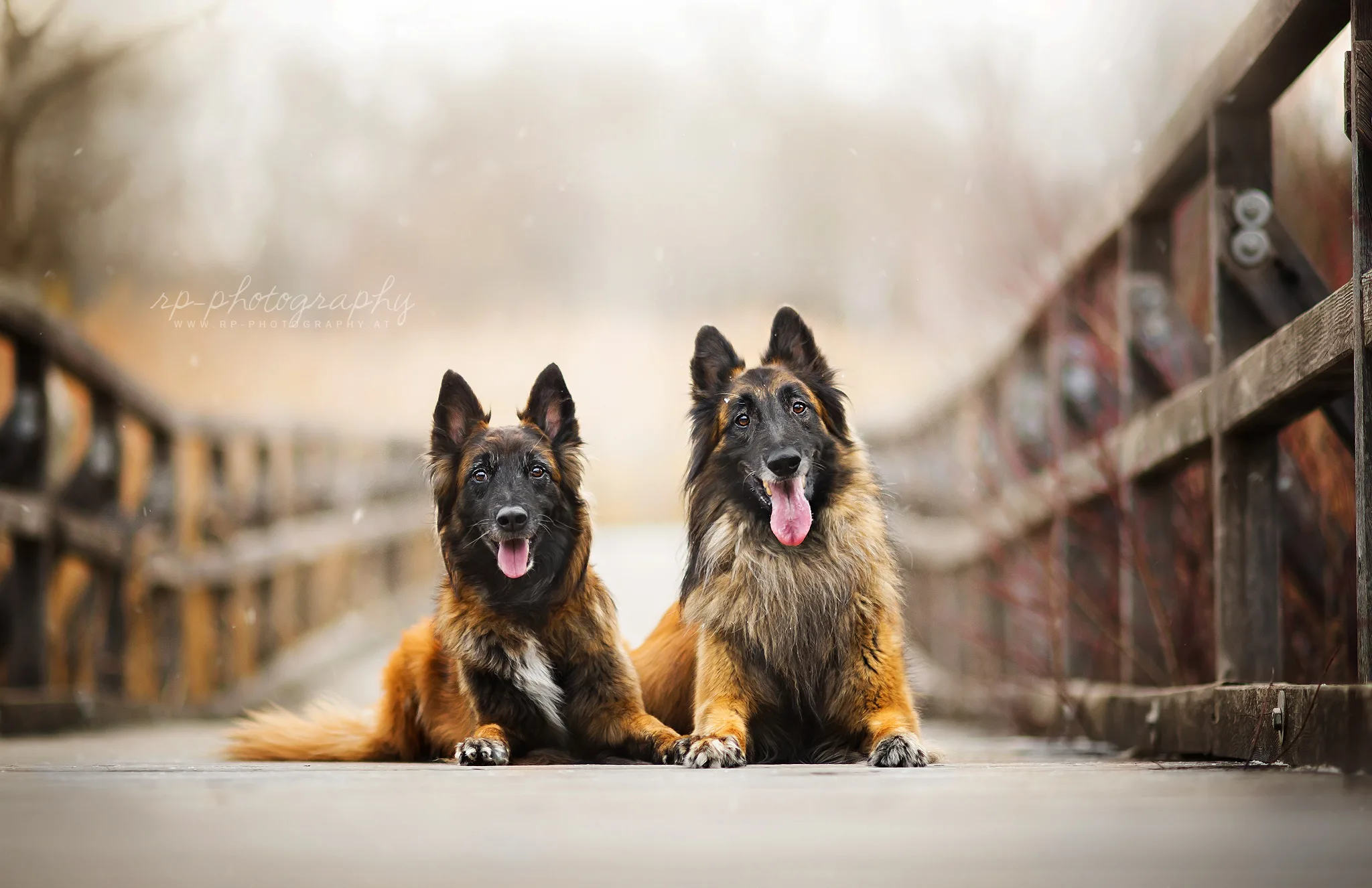
| Country | Climate Type | Best Exercise Options |
|---|---|---|
| USA | Varies (state-wise) | Hiking, park fetch, seasonal agility |
| Canada | Cold | Snow play, indoor scent games, treadmill work |
| India | Hot/Humid | Early walks, indoor games, short leash runs |
| Germany | Moderate | Urban trekking, forest walks, Schutzhund |
| Australia | Hot & Dry | Beach runs, evening jogs, obstacle play |
| UK | Rainy/Cool | Indoor obstacle courses, ball play, park walks |
| UAE | Desert Heat | Pool swims, climate-controlled training centers |
⚠️ Common Mistakes to Avoid
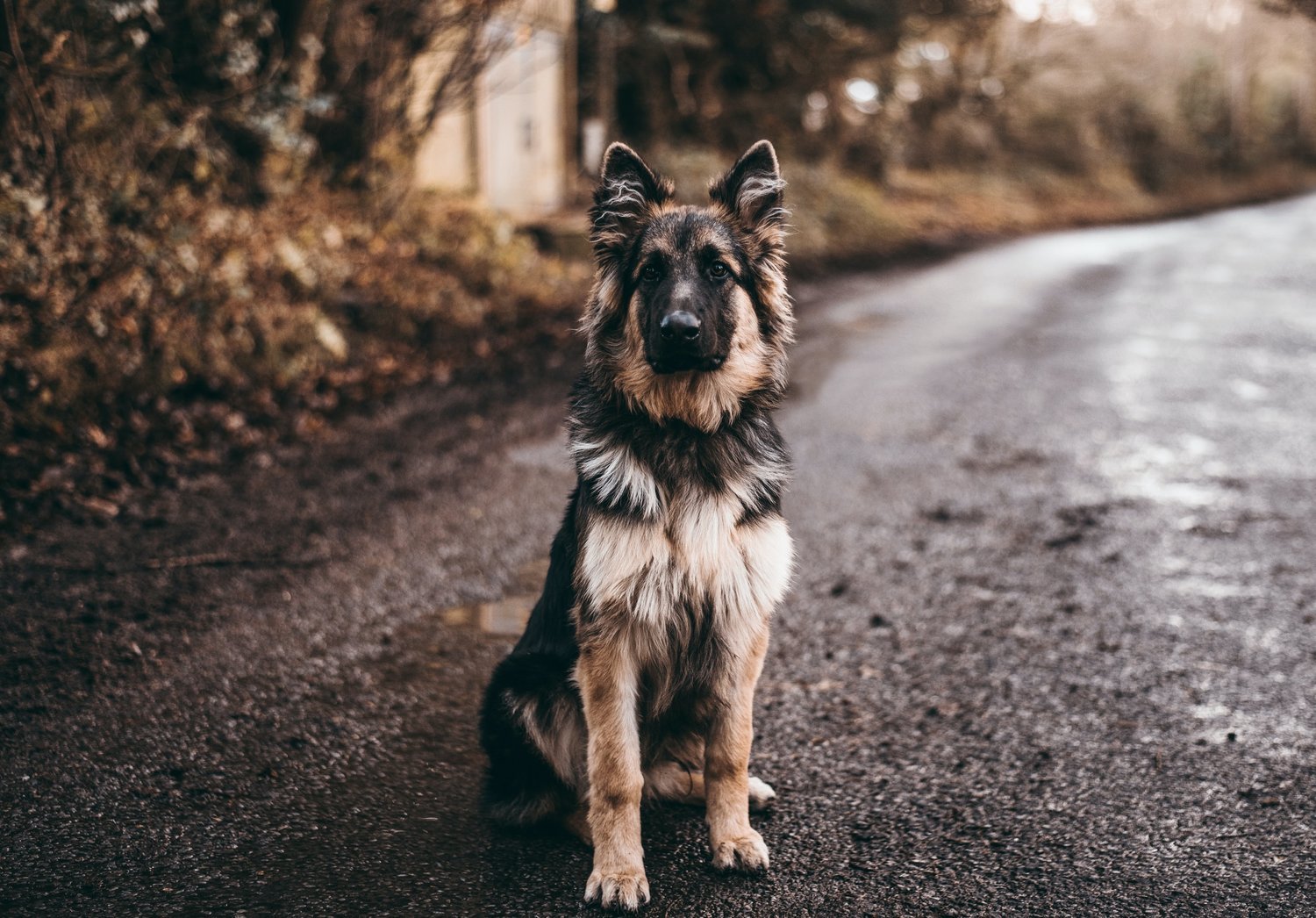
-
Overexercising puppies or seniors
-
Ignoring climate risks (heatstroke, hypothermia)
-
Not varying routines—boredom = behavior problems
-
Exercising immediately after meals
-
Skipping warm-ups and cool-downs
🎖 Pro Tip: Weekly Rotation Chart (Sample)
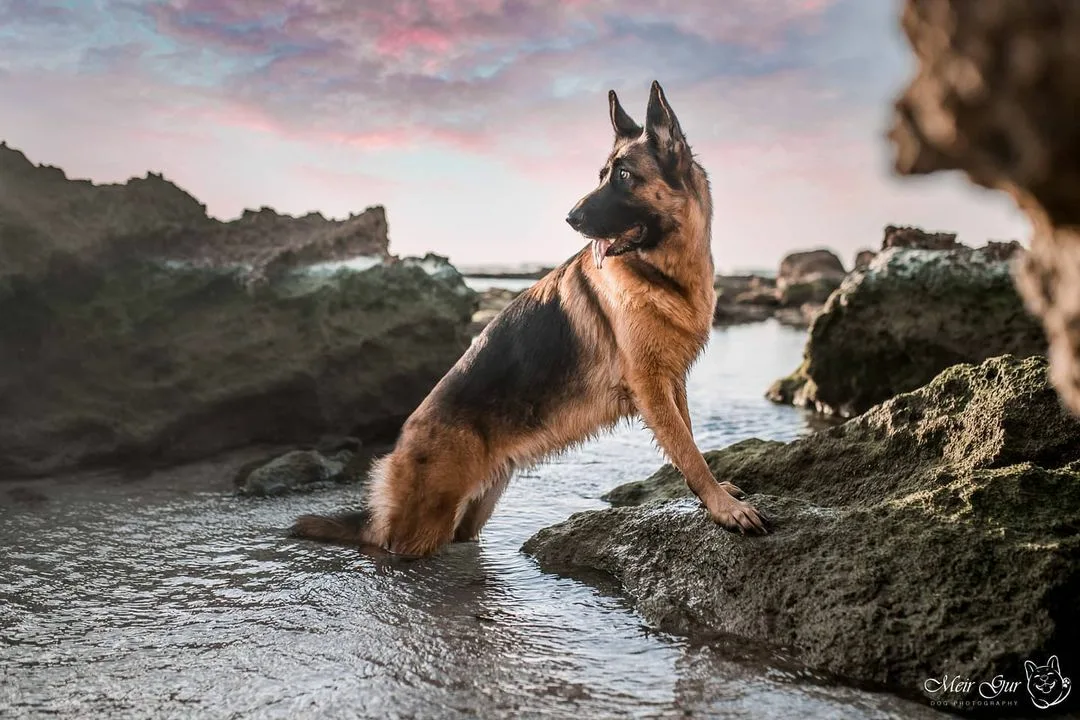
| Day | Activity Mix |
|---|---|
| Monday | Obedience + Scent work |
| Tuesday | Jog + Agility + Fetch |
| Wednesday | Off-leash Trail Hike |
| Thursday | Rest day + Puzzle Games |
| Friday | Tracking Game + Basic Commands Review |
| Saturday | Long Walk + Park Socialization |
| Sunday | Tug Game + Brain Toy Challenge |
🧠 Exercise is a Lifetime Contract
From puppy play to senior strolls, exercise isn’t just about energy release—it’s about mental health, bonding, and unlocking the legendary potential of the German Shepherd. Adapt to their age, adjust to your country, and stay consistent.
A tired German Shepherd is a happy, well-behaved one.
🥩 Post-Exercise Nutrition & Supplements by Age, Season, and Region

📊 Country-Wise + Seasonal Nutrition Table
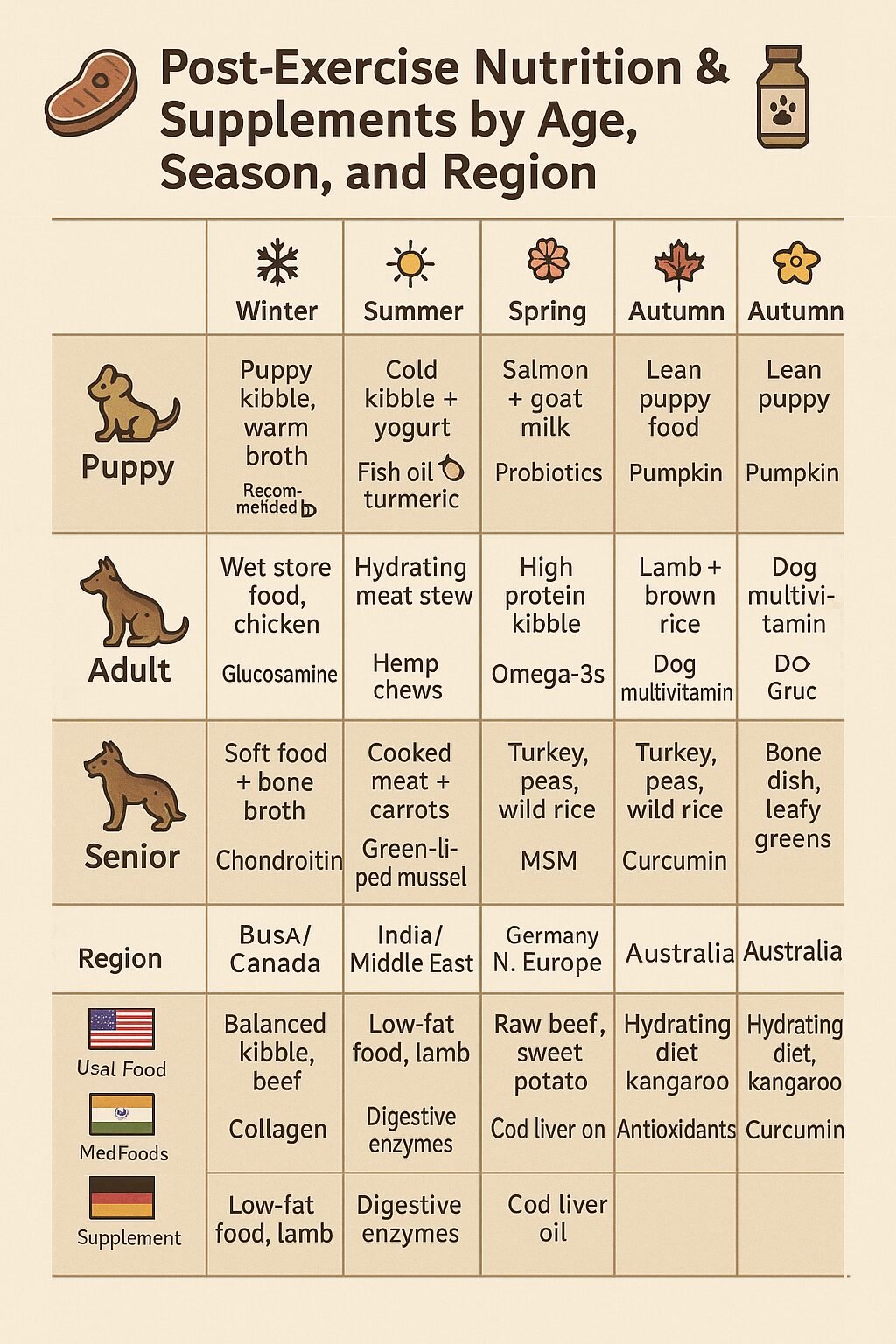
Click Any Picture To Buy From Amazon
| Life Stage | Season | Countries | Ideal Foods Post Exercise | Recommended Supplements |
|---|---|---|---|---|
| Puppy | Winter | USA, Germany, Canada | Warm broth over high-protein kibble | Fish oil,
|
| Summer | India, UAE, Mexico | Cold goat milk, puppy biscuits, chicken & rice | Probiotics,
|
|
| Spring | UK, Japan, France | Raw-fed mix or soft meat blend | DHA,
|
|
| Autumn | USA, Australia, Europe | High-calorie puppy mash | Digestive enzymes,
|
|
| Adult | Winter | Russia, Canada, USA | Lamb, brown rice, steamed veggies | Glucosamine, Omega-3s, Multivitamin |
| Summer | Brazil, India, UAE | Lean fish, quinoa, pumpkin | Electrolytes, Joint support
|
|
| Spring | USA, UK, Australia | Chicken, oats, carrots | Liver tonic,Taurine
|
|
| Autumn | Germany, France, Japan | Beef stew, boiled egg | Vitamin B complex,
|
|
| Senior | Winter | Canada, Poland, Norway | Soft turkey or salmon, mashed sweet potato | Joint formula, Turmeric
|
| Summer | India, UAE, Mexico | Cold cottage cheese, papaya cubes | Probiotics,
|
|
| Spring | UK, Japan, USA | Chicken broth soup with rice | Ginseng, Eye health blend, Anti-inflammatory herbs | |
| Autumn | France, Germany, Spain | Softened kibble, sardines | Bone density mix,
|
💡 Always offer fresh water post-exercise and wait 30–45 minutes before feeding to prevent bloating in deep-chested breeds like the German Shepherd.
Closing Statement: The Body Fuels the Mind
Your German Shepherd’s physical routine should evolve with time, age, climate, and geography. By tuning into their changing needs and pairing exercise with proper nutrition, you not only extend their life—you enhance their spirit. Whether bounding through snow or strolling in spring rain, your GSD thrives when the body and mind move in harmony.
📌 Frequently Asked Questions (FAQs)
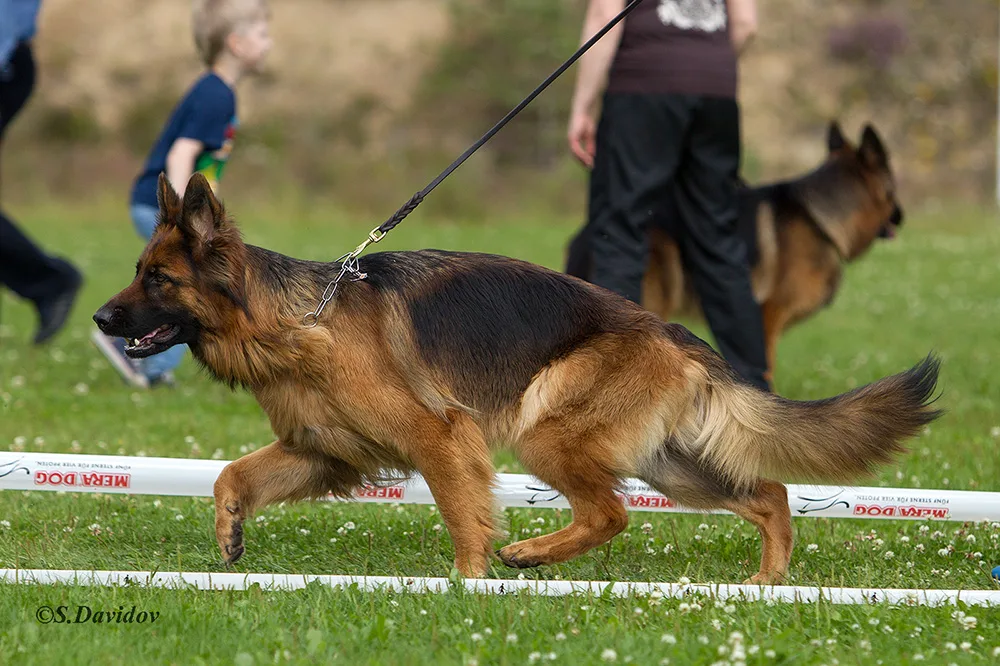
❓ How much exercise does a German Shepherd puppy need?
A German Shepherd puppy should follow the “5-minute rule” — 5 minutes of exercise per month of age, up to twice a day. For example, a 4-month-old puppy should get 20 minutes of light, controlled activity twice daily.
❓ Can I over-exercise my German Shepherd?
Yes, over-exercising can harm joints, especially in puppies and senior dogs. Always tailor workouts based on your dog’s age, health, and weather conditions.
❓ What are the best exercises for a senior German Shepherd?
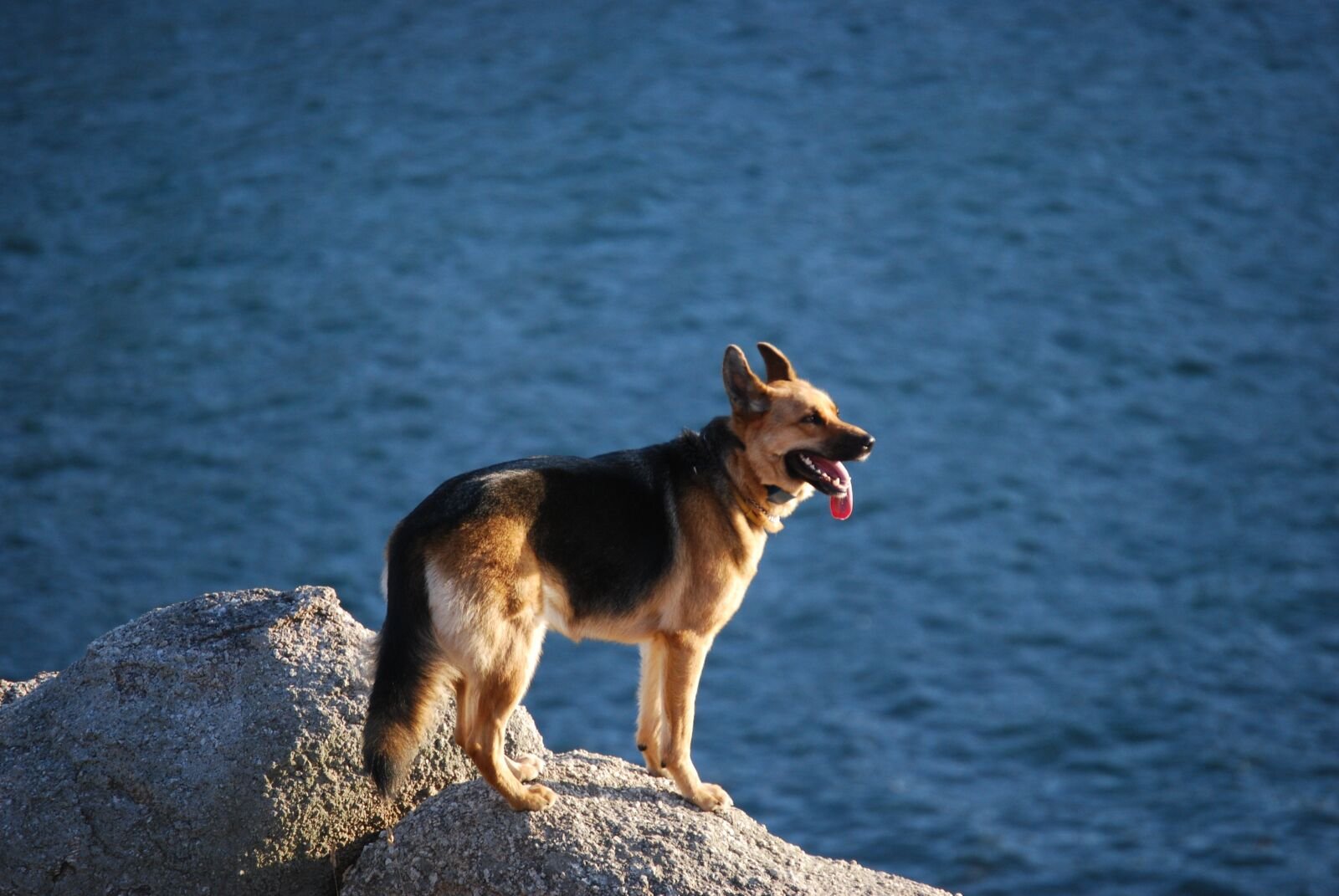
Low-impact activities like walking on soft ground, swimming, and mental enrichment games (e.g., treat puzzles or nose work) are ideal for seniors to maintain health without stressing joints.
❓ Are there different exercises for German Shepherds in hot vs. cold climates?
Absolutely. In hot climates, focus on swimming, early morning walks, and shaded play. In cold climates, use coats and booties and try indoor games or snow walks if safe.
❓ What’s the ideal post-exercise diet for a German Shepherd?
Post-exercise meals should be given 30–45 minutes later to avoid bloat. Focus on lean protein, moderate carbs, and supplements based on age and season—like joint support for seniors or probiotics in summer.
❓ Do German Shepherds need different exercises based on country or region?
Yes. Factors like humidity, temperature, and terrain impact your dog’s energy needs. For instance, sled pulling works in snowy Canada, while shaded trail hikes suit tropical regions like India or Brazil.
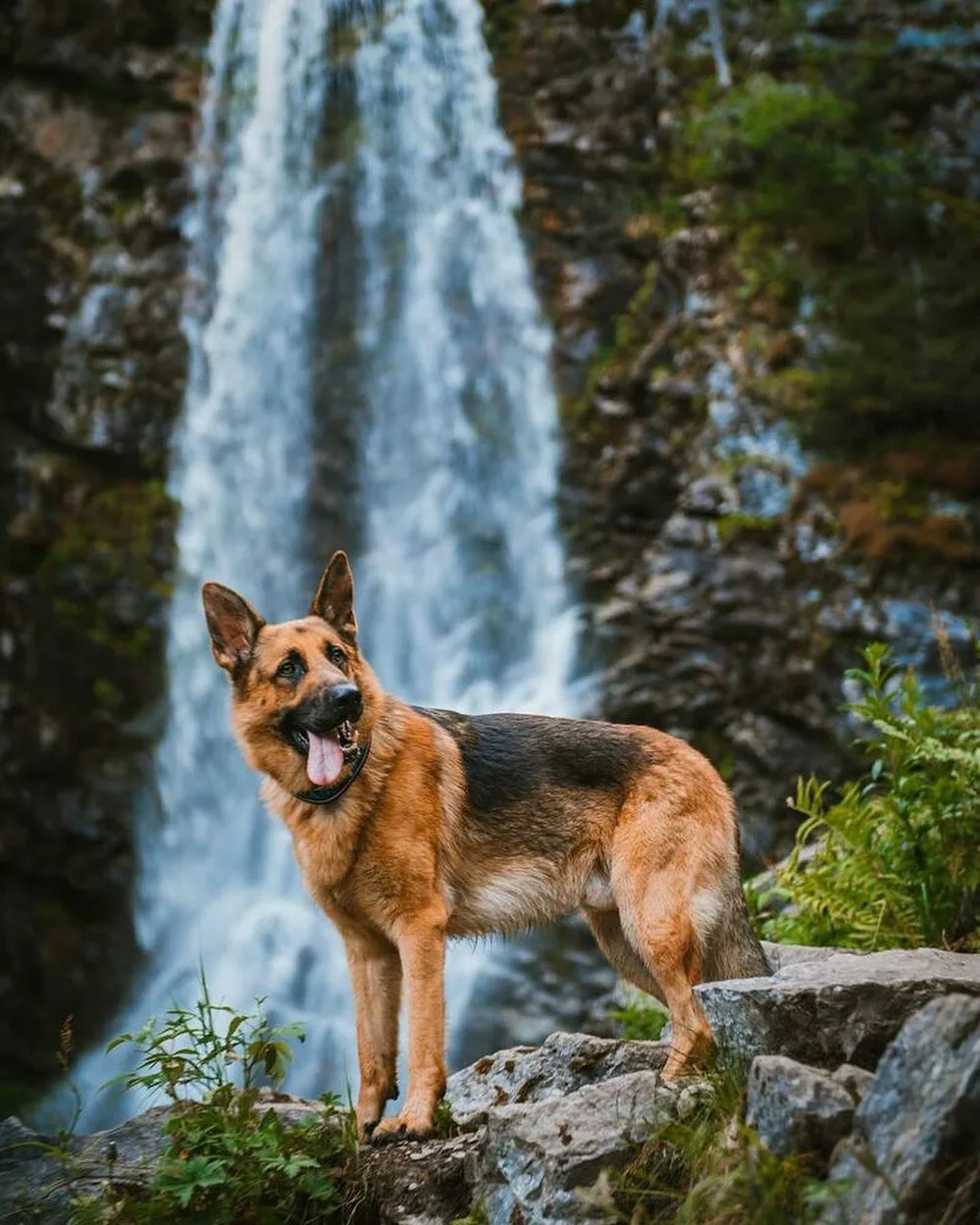
Working Breeds
German Shepherd Training Unleashed: Full Command Control for Real-World Brilliance
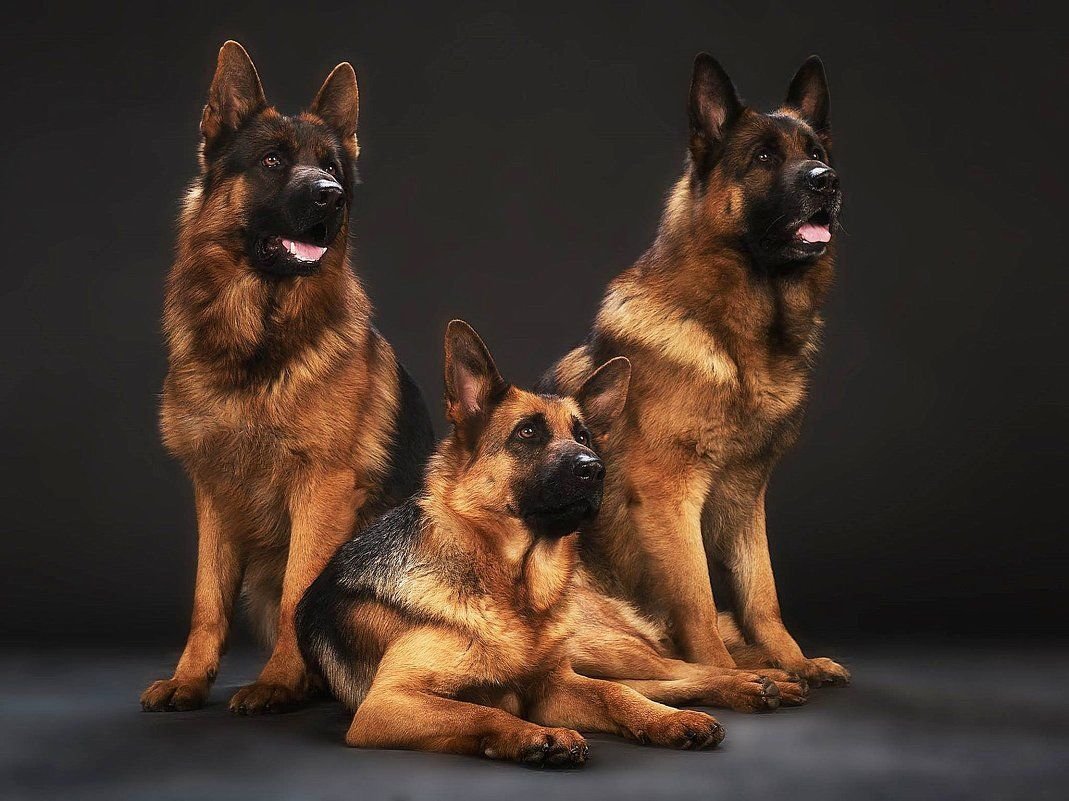
📢 This is Part 15 of the German Shepherd Series on DogsReader

Explore the full series and gain expert insights into one of the world’s most intelligent breeds.
🐶 Visit: www.dogsreader.com
📩 Ask our 24/7 Dog Chatbot anything – trained with official AKC knowledge!
📧 Contact: dogsreaders@gmail.com
📱 Follow us on Facebook & Instagram
▶️ [Subscribe to us on YouTube | Facebook | Instagram |
Introduction: Beyond Sit and Stay
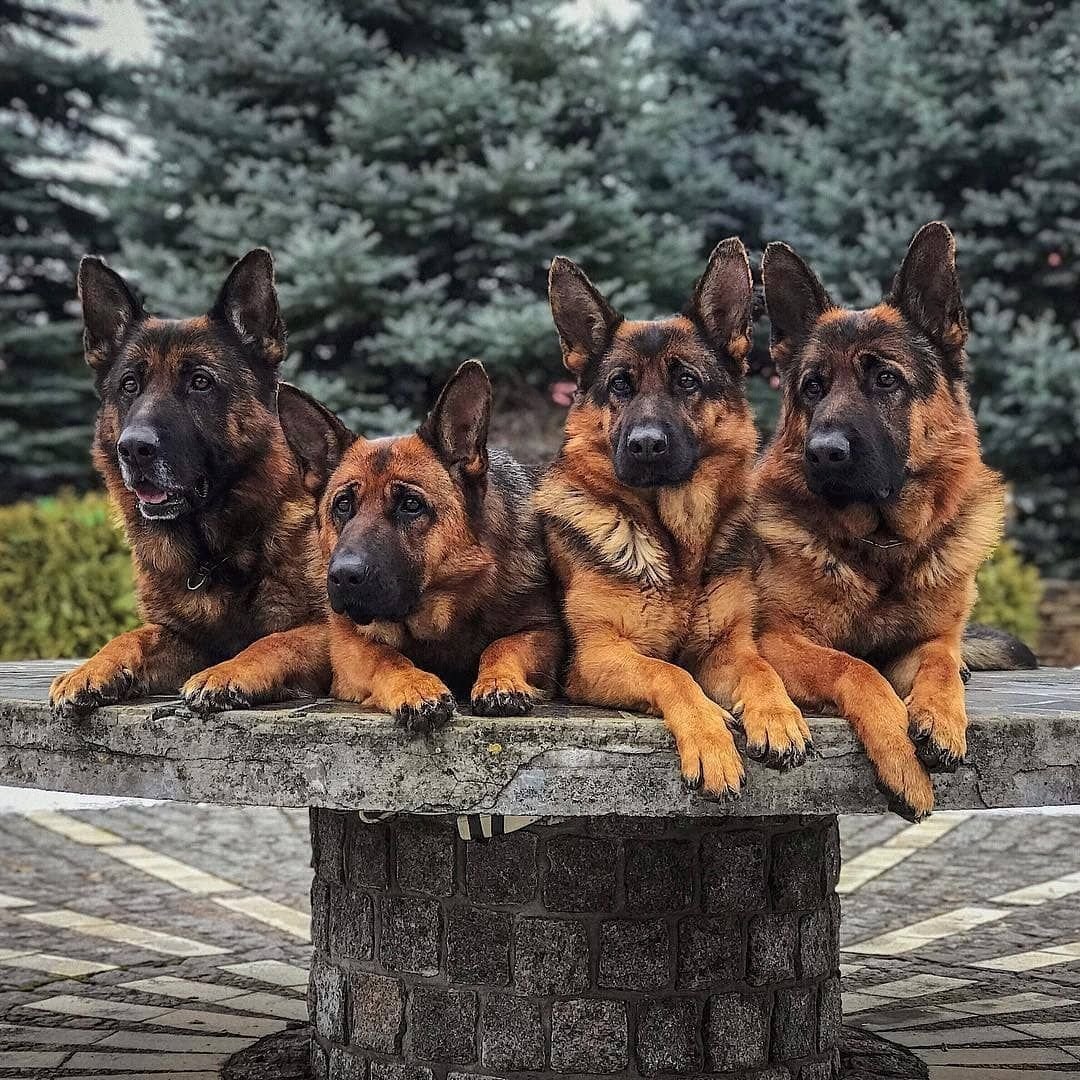
German Shepherd Training Unleashed: German Shepherds aren’t just dogs – they’re highly capable partners in action. With their sharp minds, drive to learn, and desire to please, these dogs are engineered for excellence. Whether you’re training for obedience, protection, or working roles, mastering the right commands can transform your German Shepherd into a true champion.
In this article, we guide you through the essential, intermediate, and advanced command stages to unlock your German Shepherd’s full working potential.
1. Understanding Command Training Philosophy

Before diving into the actual commands, it’s important to grasp the mindset of the German Shepherd:
- They thrive on structure.
- They bond deeply with their trainer.
- They excel with consistency and challenge.
Whether it’s a family environment or a police academy, the foundational training principle remains the same: clear leadership, positive reinforcement, and purposeful progression.
2. Basic Obedience Commands (Foundation Stage)
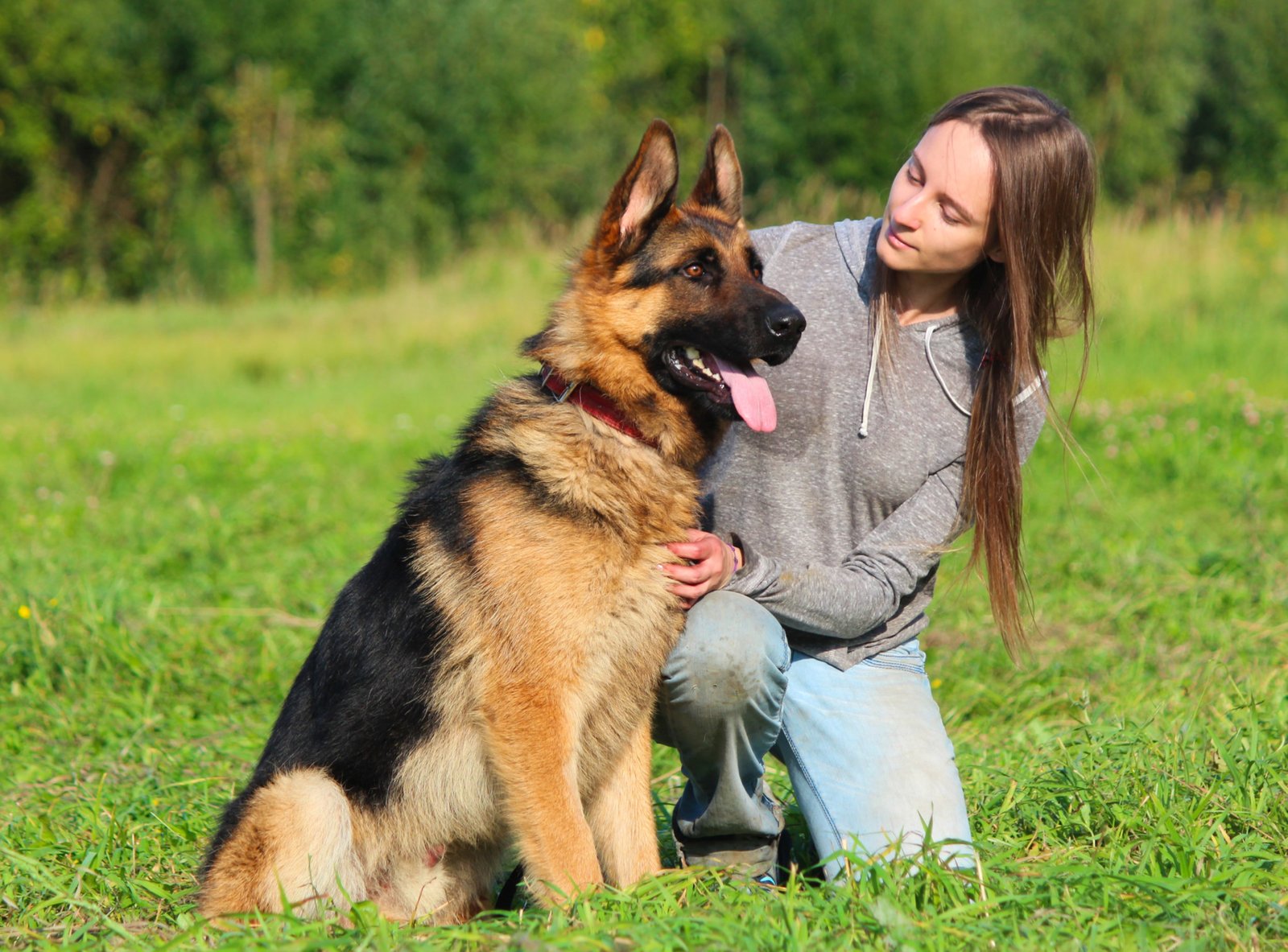
These form the groundwork for all future training:
- Sit
- Stay
- Come
- Down
- Heel
- Leave it
- No
These commands should be taught with:
- Short daily sessions
- Positive reward systems (treats, praise, or toy)
- Clear voice tones and consistent gestures
🧠 Pro Tip: Teach hand signals with each verbal cue to reinforce long-distance control.
3. Intermediate Working Commands (Real-World Integration)
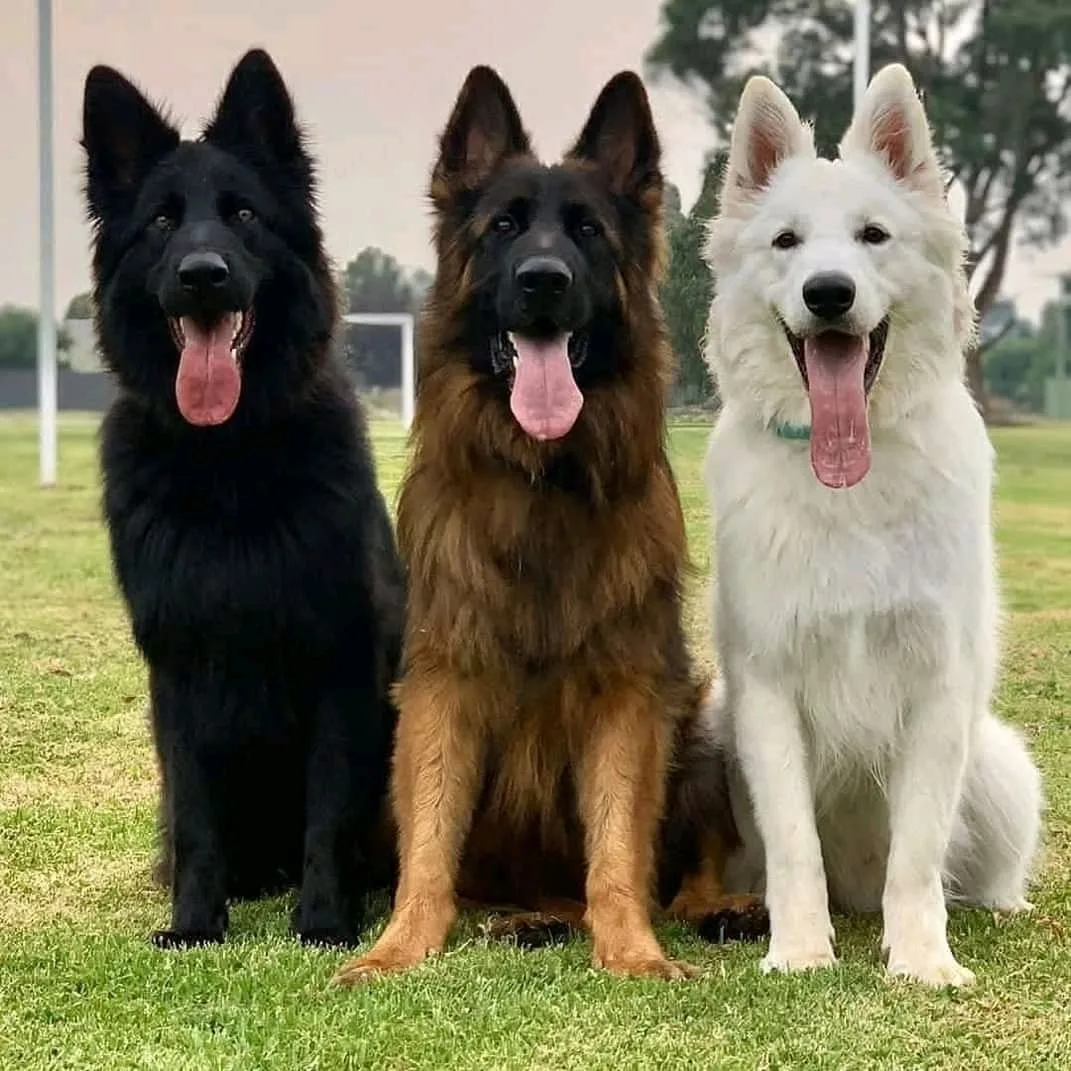
Once your dog masters the basics, they’re ready for more complex and practical training:
- Wait (Useful for doors, vehicles, food bowls)
- Watch me (For focus in high-distraction areas)
- Place (Go to a specific location and stay)
- Back up (Create space on command)
- Take it / Drop it (Retrieve or release items)
- Speak / Quiet (Controlled barking – excellent for alert or protection dogs)
These commands increase control and mental stimulation while preparing your dog for either professional duties or elevated home discipline.
4. Advanced Commands (Working & Professional Environments)

These are tailored for dogs being trained as K9 units, military dogs, service dogs, or high-discipline family companions:
- Search (Find a person or item)
- Track (Follow scent)
- Guard (Take protective stance)
- Bite / Release (Used in police or protection training only under professional guidance)
- Escort / Block (Walk beside or prevent others from approaching)
- Silent Commands (Training via signals alone)
📌 Important: Advanced commands must be taught with precision and care. In protection work, always consult a professional trainer to avoid behavioral risks.
5. Command Drills: Keeping Your German Shepherd Sharp

Repetition keeps your GSD engaged and responsive. Here are suggested drills:
- Command Chain Training (Link 3-5 commands in succession)
- Distraction Drills (Train in parks, busy areas, or with other dogs around)
- Distance Recall Challenges (Test “Come” command from long distances)
- Obstacle Work (Combine physical tasks with commands: sit on platform, jump, stay)
💡 Weekly refreshers keep even senior German Shepherds mentally young.
6. Common Training Mistakes to Avoid
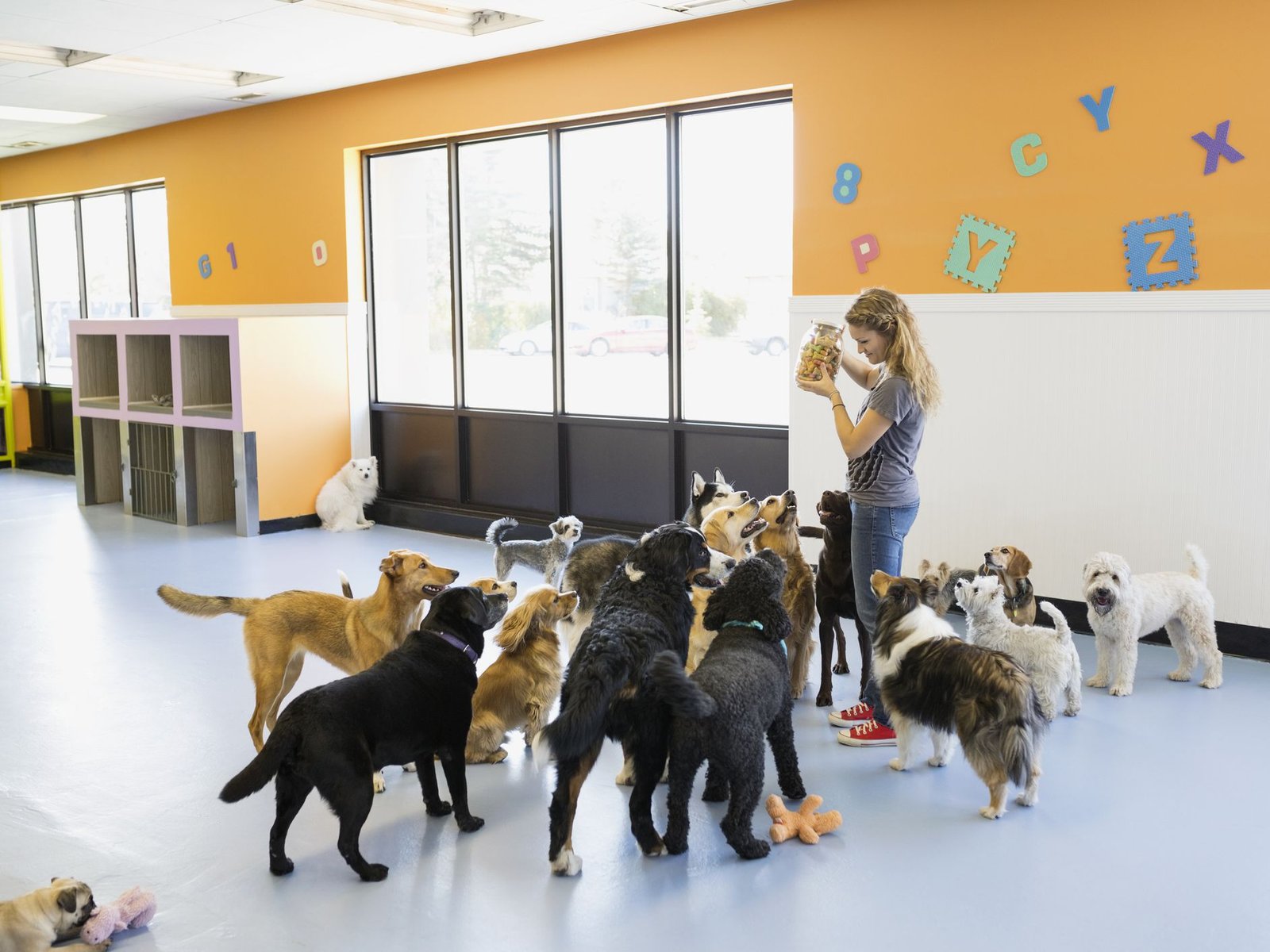
- Mixing up commands
- Changing tone inconsistently
- Training while distracted or frustrated
- Over-rewarding or confusing the reward timing
- Using punishment instead of correction
📣 Consistency + Patience = Success
7. Creating Your Own Custom Command List
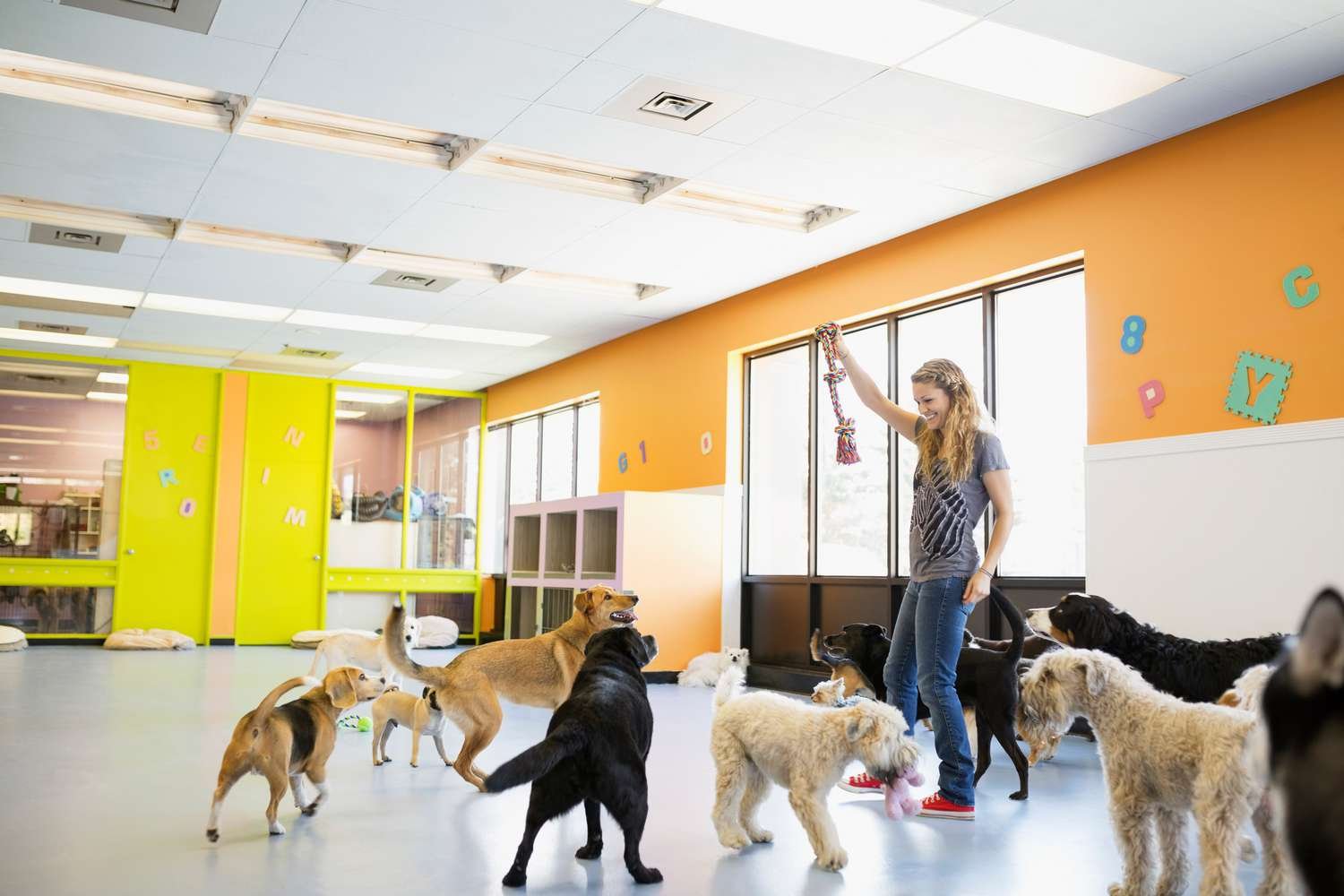
You can personalize your GSD’s command set to suit your lifestyle:
- “Go get the leash”
- “Turn off the light”
- “Find [name]”
- “Get the keys”
The key is to connect action with reward and keep commands short and clear.
Closing Statement : A Dog That Thinks Before Acting
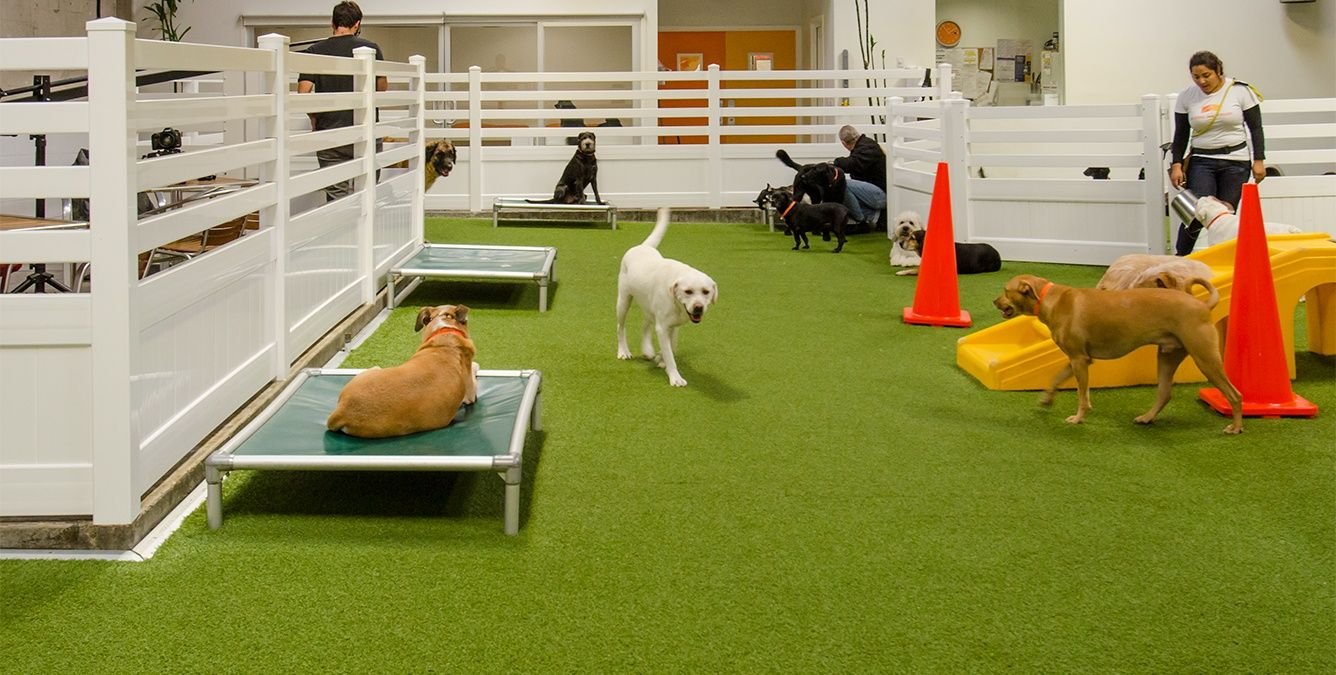
When trained well, a German Shepherd doesn’t just follow commands – they anticipate them. You’re not just raising a pet; you’re raising a partner. Through discipline, consistency, and love, your German Shepherd can achieve a level of intelligence and control few breeds can match.
Stay tuned for Part 16 in the German Shepherd Series, only on DogsReader.
🐾 Frequently Asked Questions – Mastering Commands: German Shepherd Training

1. What are the most important commands every German Shepherd should know?
Basic commands such as Sit, Stay, Come, Heel, Down, and No are essential for obedience. Intermediate and advanced commands like Search, Guard, Track, and Silent Commands help unlock their full working potential.
2. At what age should I start command training for my German Shepherd?
You can begin basic command training as early as 8 weeks old using positive reinforcement. More advanced training should wait until the dog is physically and mentally ready, around 6 months and older.
3. How long does it take to train a German Shepherd in commands?
Most German Shepherds grasp basic commands in 2–4 weeks with consistent training. Advanced command mastery for working purposes may take several months to a year, depending on the dog and trainer’s experience.
4. Can German Shepherds learn commands in multiple languages?
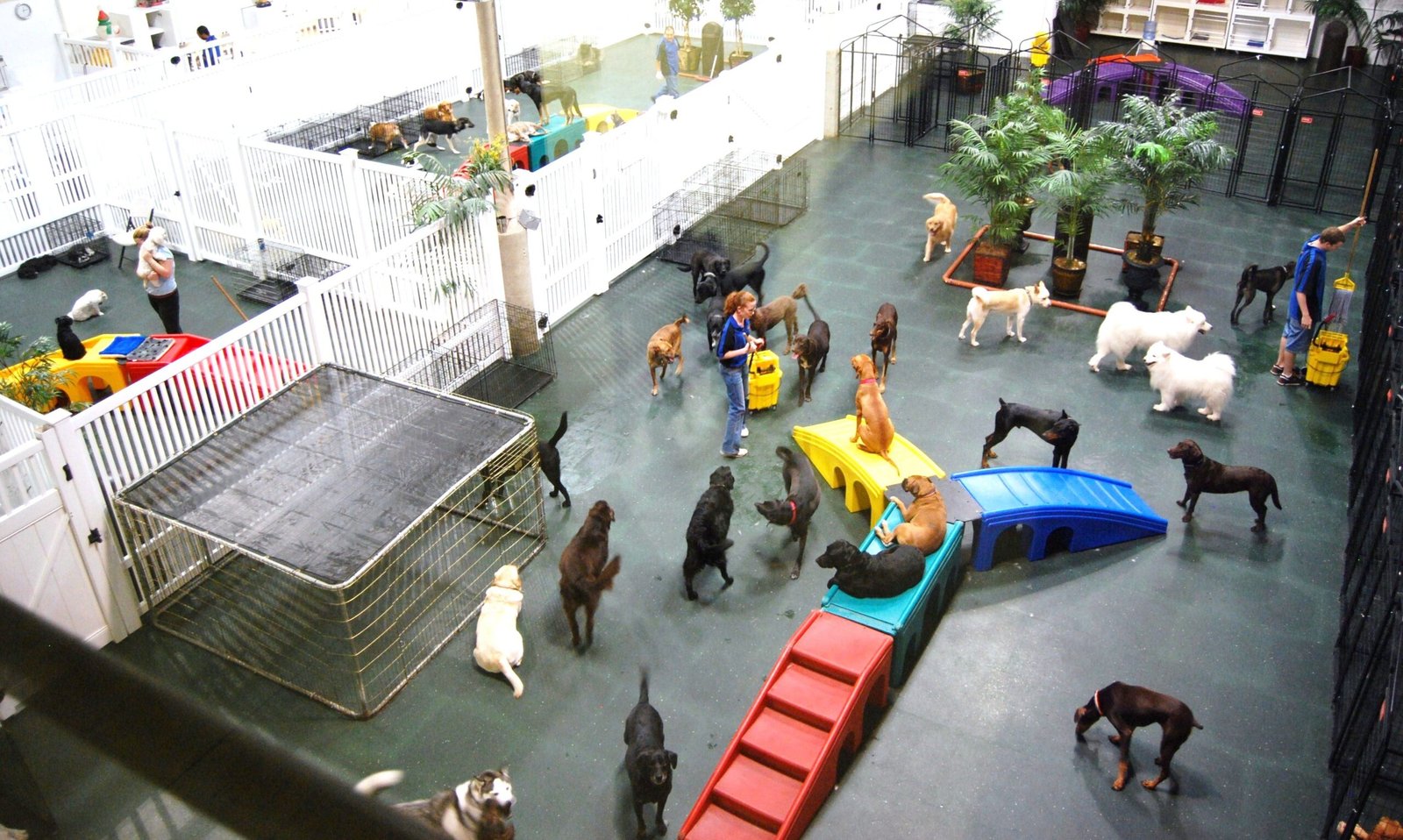
Yes, German Shepherds can learn commands in any language, including German, English, or hand signals. Many working dogs are trained in German to avoid confusion in public environments.
5. What’s the difference between obedience and working dog commands?
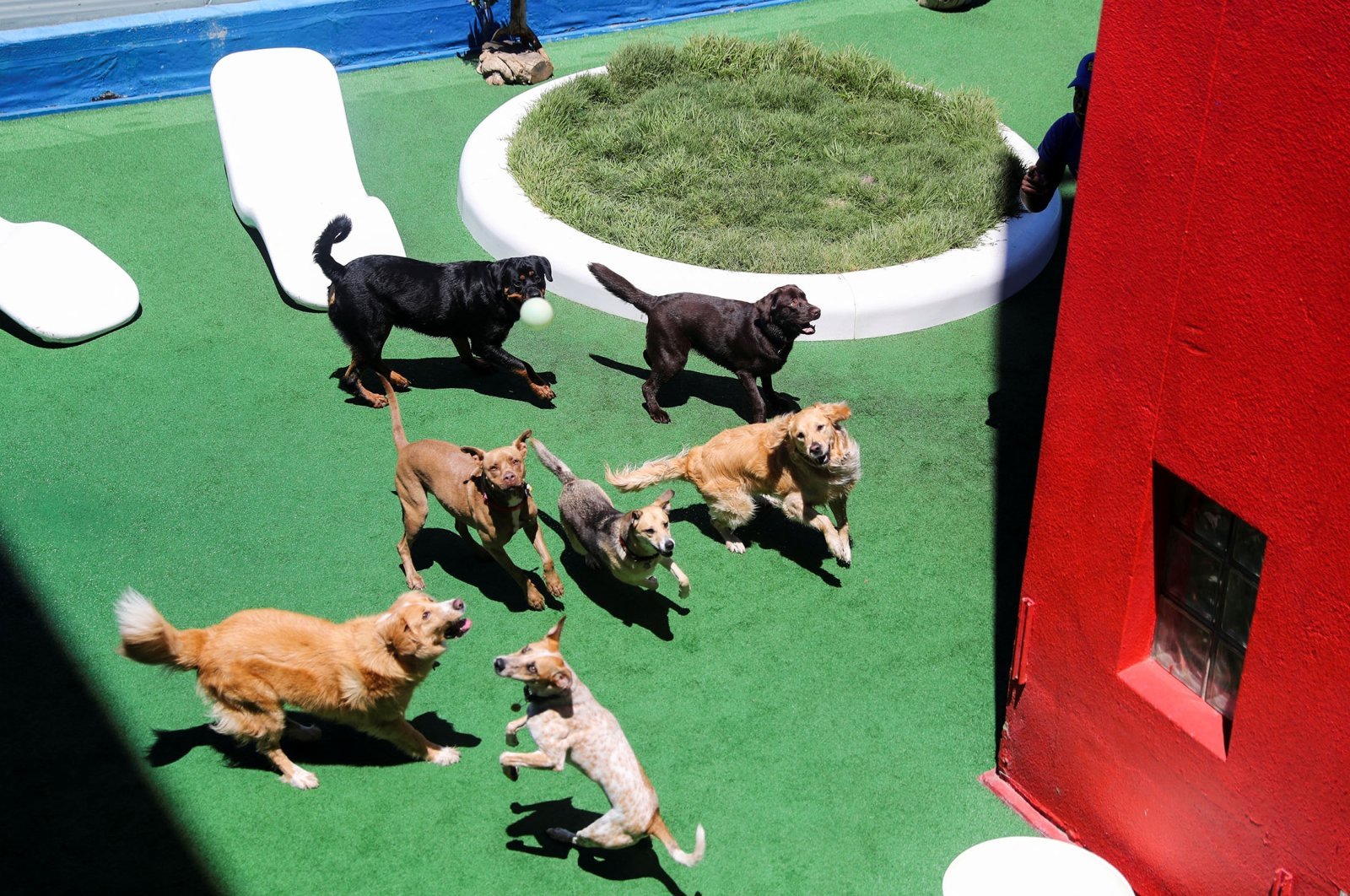
Obedience commands are for home behavior and safety (like Sit or Stay). Working dog commands include advanced instructions like Track, Guard, Search, and Bite/Release used in police, military, or service dog roles.
6. Should I use hand signals or verbal cues when training?
Ideally, you should use both hand signals and verbal cues during training. This ensures your German Shepherd understands commands visually and audibly, which is especially helpful in loud or distracting environments.
7. Can an older German Shepherd still learn new commands?
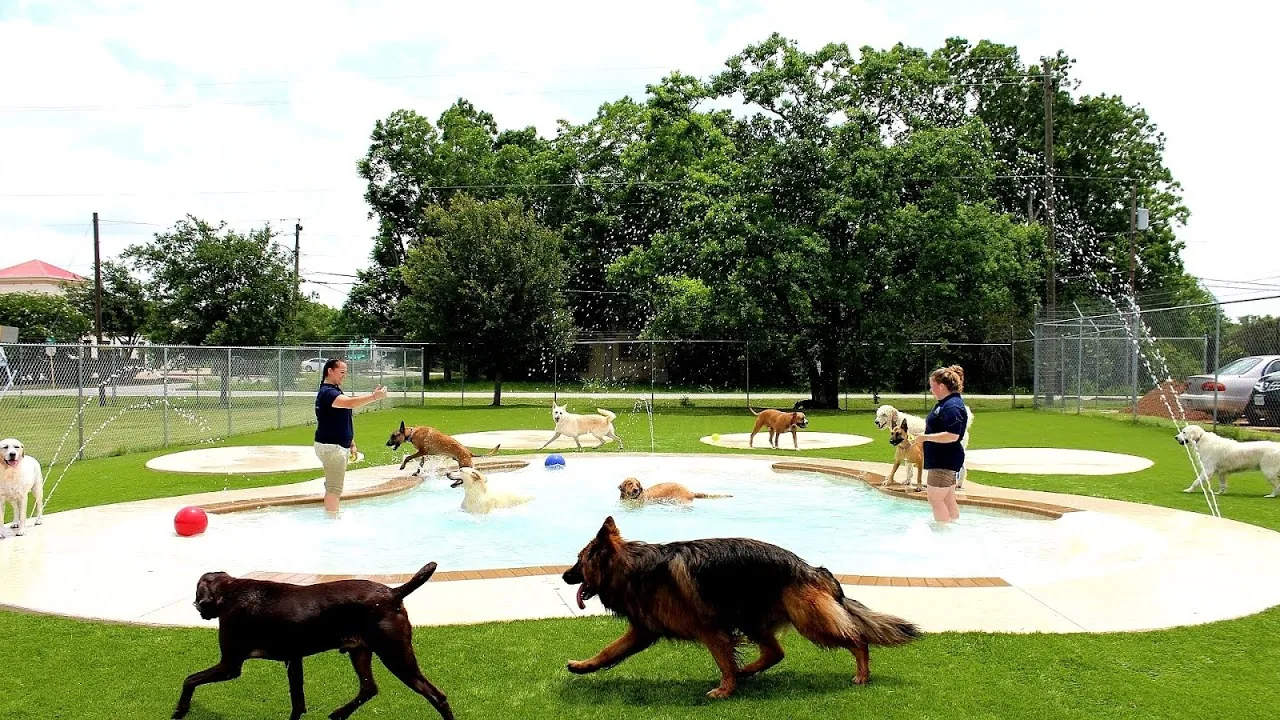
Absolutely. German Shepherds are highly intelligent at any age. While puppies learn faster, adult and senior dogs can still be trained effectively with the right approach and consistency.
8. Are German Shepherds good at remembering commands long-term?
Yes, German Shepherds have exceptional memory retention when trained properly. They can remember commands for months or even years with periodic refreshers.
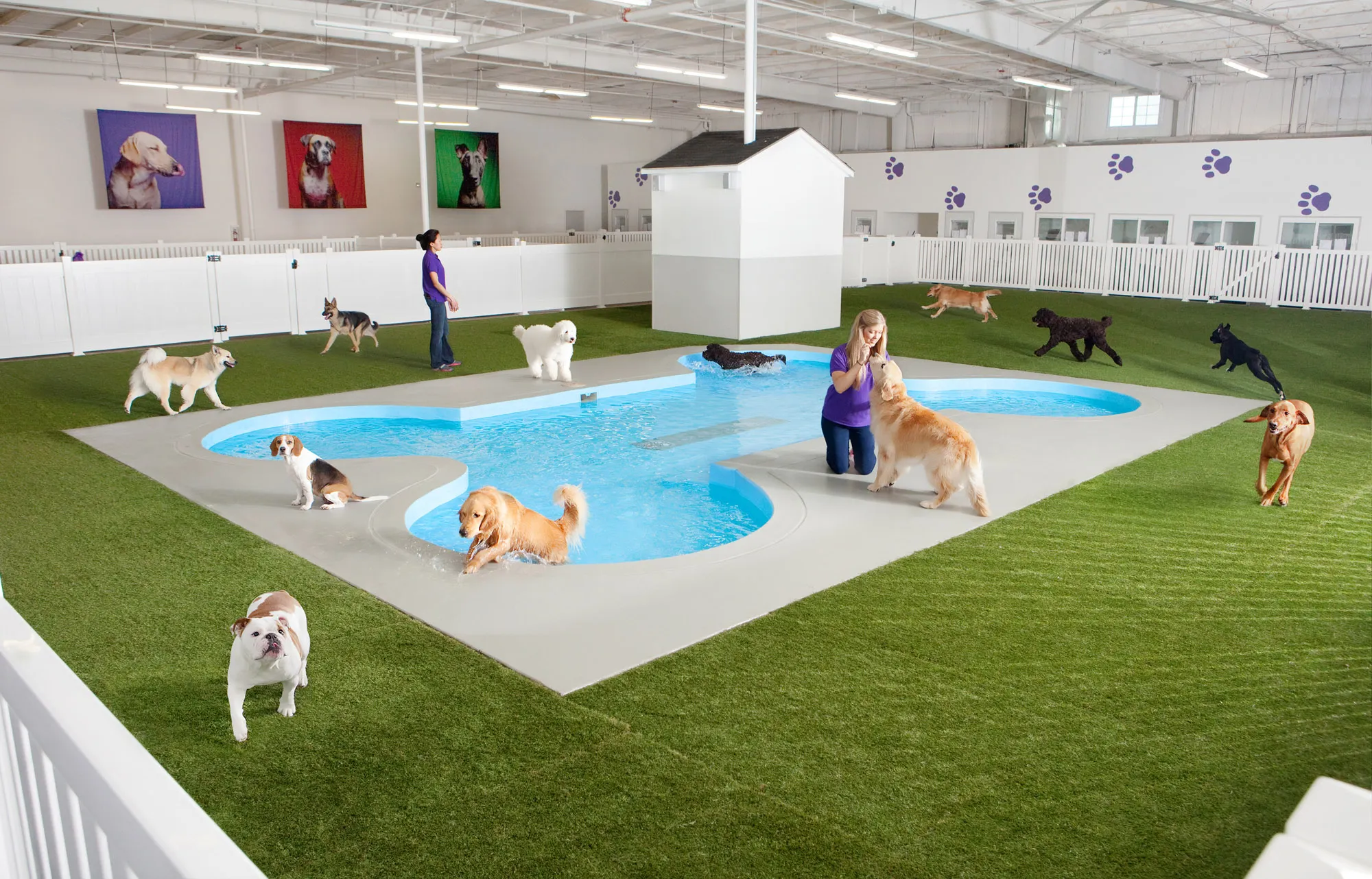
-

 SMALL DOG BREEDS5 months ago
SMALL DOG BREEDS5 months agoMerle Chihuahua: A Comprehensive Guide
-
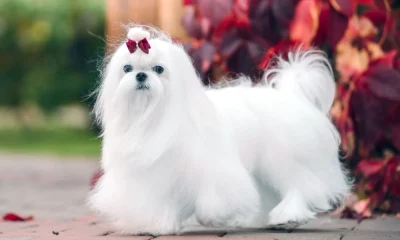
 SMALL DOG BREEDS5 months ago
SMALL DOG BREEDS5 months agoMaltese: A Beloved Companion
-
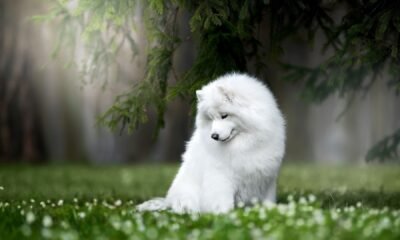
 Large Breeds4 months ago
Large Breeds4 months agoSamoyeds Hypoallergenic: Closer Look at the Breed
-
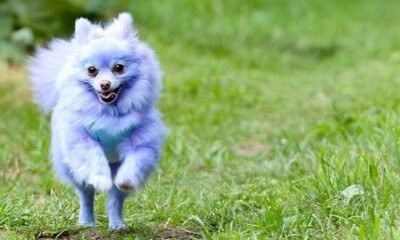
 SMALL DOG BREEDS5 months ago
SMALL DOG BREEDS5 months agoMerle Pomeranian: A Adorable Companion
-

 Large Breeds4 months ago
Large Breeds4 months agoStandard Poodle Weight: Country Wise
-

 MEDIUM BREEDS4 months ago
MEDIUM BREEDS4 months agoAmerican Water Spaniel Colors Chocolate In Crcols:
-

 SMALL DOG BREEDS5 months ago
SMALL DOG BREEDS5 months agoYorkshire Terrier: a Big Personality
-

 Terrier Breeds3 months ago
Terrier Breeds3 months agoDog Breeds: by Country & Category















